PEAK Awardees Jump into Fall Projects
Congratulations to the Fall 2024 PEAK Experiences Awards Base Camp, Ascent, and Summit Awardees! These students are pursuing projects studying possible factors of Alzheimers disease, developing new techniques for assessing the impact of wildfires, reducing barriers for AI use, and much, much more. Read on below to learn about the fascinating work being taken on by these Huskies across the University.
BASE CAMP AWARDEES
 Husky Drone Swarm
Husky Drone Swarm
Awardee: Scott Abramson COE’27
Mentor: Thomas Consi, COE, Electrical and Computer Engineering
A wirelss system for drone-drone networking and autonomous multi-drone coordination.
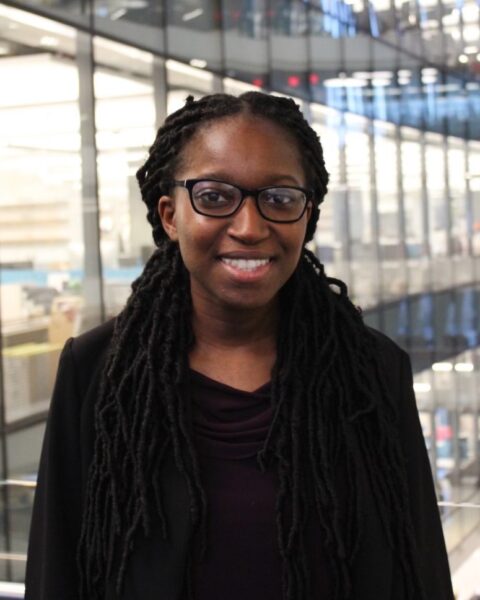 Massachusetts Paid Family and Medical Leave (PFML) and Postpartum Maternal Mental Health
Massachusetts Paid Family and Medical Leave (PFML) and Postpartum Maternal Mental Health
Awardee: Ikeoluwa Adedokun COS’25
Mentor: Alissa Lincoln, Bouvé, Health Sciences
The lab is researching to understand the effect of PFML and its interactions in postpartum mental health amongst racial/ethnic groups in MA. My project will focus on identifying industry/occupation codes corresponding to employment types ineligible for PFML and conducting a literature review of COVID-19 and postpartum maternal mental health.
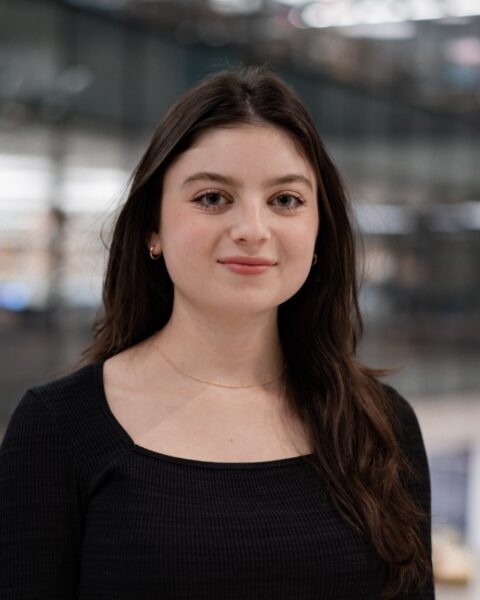 How Does Social Media Usage Affect Emotional Development in Adolescence and What Is Its Impact on Mental Health?
How Does Social Media Usage Affect Emotional Development in Adolescence and What Is Its Impact on Mental Health?
Awardee: Sophia Adonailo COS’26
Mentor: Alexandra Rodman, COS, Psychology
Understanding how social media, and how much time spent on these apps per week, impacts adolescent mood can help researchers understand how mental health disorders emerge in adolescence.
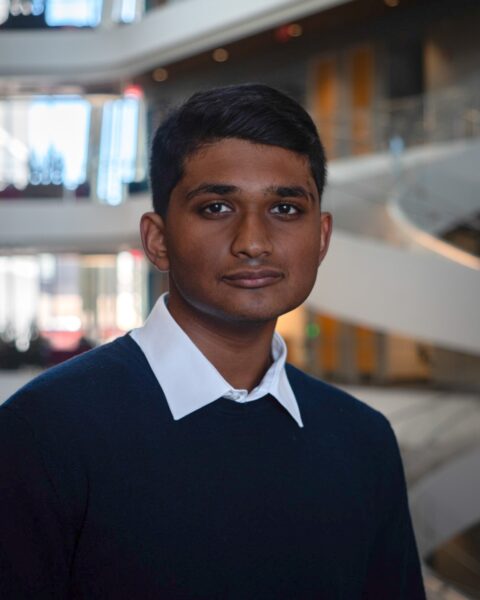 Natural Language Processing with Professor Yakov Bart & Professor Samsun Knight
Natural Language Processing with Professor Yakov Bart & Professor Samsun Knight
Awardee: Harshul Agarwal Khoury’27
Mentor: Yakov Bart, DMSB, Marketing
This project delves deeper into the realm of human conversation using natural language processing in the context of fanfictions, examining how each word psychologically impacts the mind. It focuses on how certain language patterns can evoke memories, and trigger emotions which ultimately fosters a profound relationship between speaker and listener
 Mechanical and Proteomic Alterations in the Extracellular Matrix of Glioblastoma Microfluidic Models
Mechanical and Proteomic Alterations in the Extracellular Matrix of Glioblastoma Microfluidic Models
Awardee: Christian Alfieri COE’27
Mentor: Cynthia Hajal, COE, Mechanical and Industrial Engineering
I intend to study the alterations in proteomic and mechanical properties in Glioblastoma patient-derived tumors in “organ-on-a-chip” device models. These alterations will be considered by changes in concentration/delivery of Chemotherapeutic agent and by varying concentrations in the microfluidic’s gel extracellular proteins.
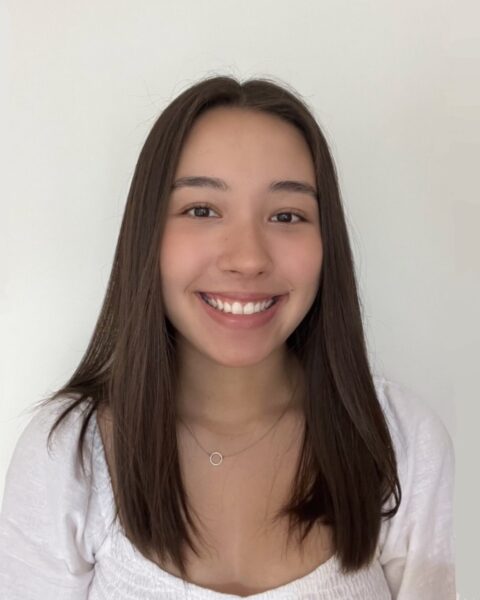 Quantifying and Tailoring Cognitive Training for Older Adults Aging with HIV
Quantifying and Tailoring Cognitive Training for Older Adults Aging with HIV
Awardee: Casey Ames COS’26
Mentor: Aaron Seitz, COS, Psychology
I hope to make a greater contribution to research focused on quantifying and tailoring brain game training to enhance cognition in older adults living with HIV by taking on the role of a study lead, where I can help write research papers and present a poster at RISE.
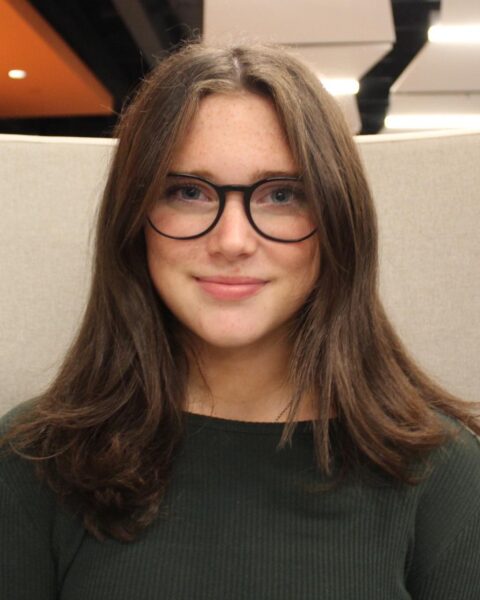 4c2b: Cross Laminated Timber Composite Bolted Steel Buildings
4c2b: Cross Laminated Timber Composite Bolted Steel Buildings
Awardee: Camille Bacon COE’27
Mentor: Jerome Hajjar, COE, Civil & Environmental Engineering
Current CLT-Steel connector testing aims to investigate the composite behavior between CLT and steel for gravity loading to create innovative connection solutions that promote sustainability. The working design is a connection involving a steel sheet in which a bolt slides through for fast constructability and reduced drilling damage.
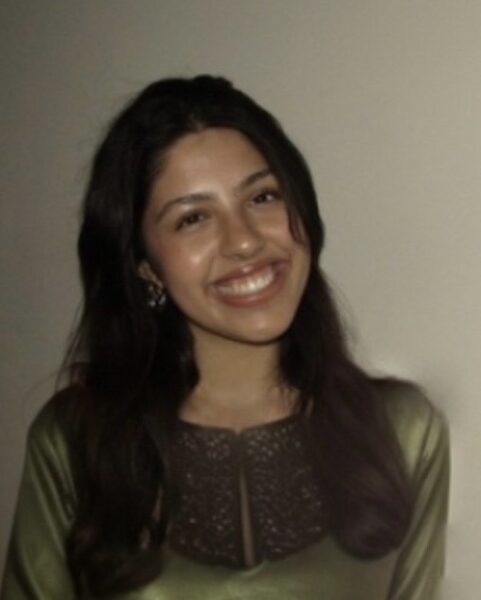 Biographical Disruption in Young Adult Cancer Survivors
Biographical Disruption in Young Adult Cancer Survivors
Awardee: Sahara Baral Bouvé’25
Mentor: Linda Blum, CSSH, Sociology and Anthropology
My research aims to explore biographical disruption and young adult cancer diagnosis, primarily how it affects aspects of the patient’s life, including identity, life goals, and relationships. Through examining these challenges, I hope to contribute to more effective support systems for young adult cancer survivors as they navigate post-cancer life.
 Science the World – ChemE Comics
Science the World – ChemE Comics
Awardee: Sydnie Bayles COE’26
Mentor: Luke Landherr, COE, Chemical Engineering
When approaching complex engineering topics, it is sometimes difficult to grasp from just a verbal lecture. We aim to make a series of comics that will increase comprehension. We hope to show that comics can help as visual learning tools and can make learning about chemical engineering fun!
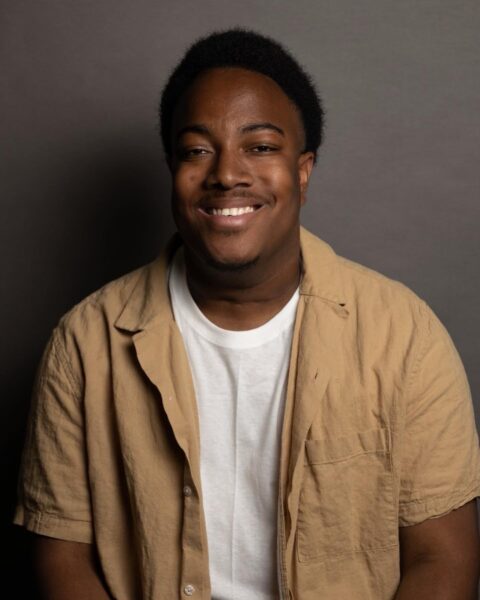 Evaluating Boston’s Summer Program
Evaluating Boston’s Summer Program
Awardee: Eric Bell CSSH’26
Mentor: Alicia Modestino, CSSH, Public Policy and Urban Affairs
I hope to work with the community to community engagement to advertise and support the summer youth employment program. I want to advertise the youth program to kids who have an interest in working with university faculty and give them a glimpse of what a college campus is like.
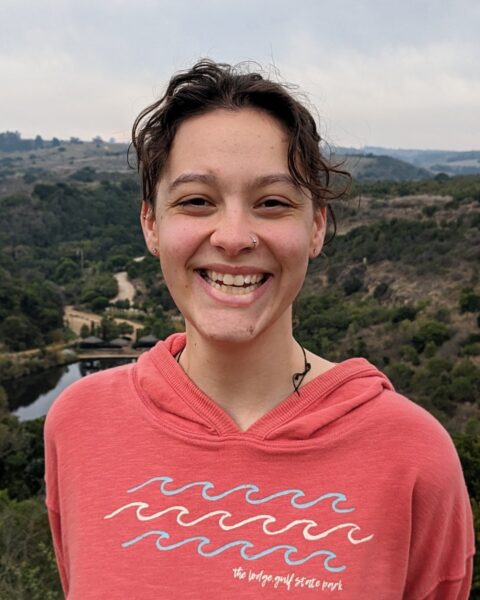 Science the World Comic Creation
Science the World Comic Creation
Awardee: Ruth Benyo COE’25
Mentor: Luke Landherr, COE, Chemical Engineering
I will create educational comics about chemical engineering and chemisty topics to be used in middle school and high school classrooms.
 Engineering Curli-based Biofilms as Materials with Programmable Function
Engineering Curli-based Biofilms as Materials with Programmable Function
Awardee: Eva Bessette COS’27
Mentor: Neel Joshi, COS, Biology
My research in the Joshi lab involves an intersection of molecular biology and biochemistry using genetically engineered strains of E. Coli to extract the curli protein for production of biomass-based materials. The goal of this project is to manufacture sustainable materials as plastic alternatives.
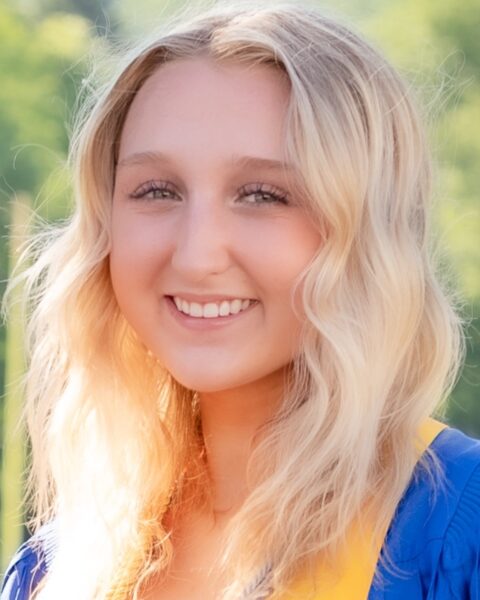 ECMH FIRST
ECMH FIRST
Awardee: Emma Bitterman Bouvé’26
Mentor: Beth Molnar, Bouvé, Health Sciences
Through my work on the ECMH FIRST project, I aim to help improve access to mental healthcare services for youth in the Boston community.
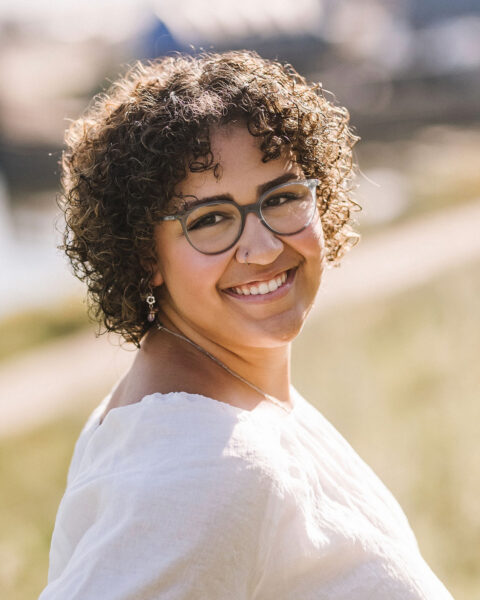 STAR: Stimulating Training and Access to HIV Research
STAR: Stimulating Training and Access to HIV Research
Awardee: Mia Cain Bouvé’27
Mentor: Idia Thurston, Bouvé, Health Sciences
I hope to engage in STAR’s experiential learning opportunities to have participatory research opportunities, develop my skills, receive mentorship, and become the next generation of leaders in the field of HIV and implementation science research. I also hope to take knowledge recieved to continue my research in the field.
 Thatched Monuments to Restoration
Thatched Monuments to Restoration
Awardee: Anja Clark CAMD’25
Mentor: Mary Hale, CAMD, Architecture
Create installation-scale experimental sculpture using materials encountered for urban coastal restoration.
Characterizing the Impact of Cognitive Complexity on Mental-Effort Related Cortical Activation and Perceived Cognitive Challenges
Awardee: Hannah Connelly Bouvé’25
Mentor: Therese O’Neil-Pirozzi, Bouvé, Communication Sciences & Disorders
This study will look at how a person’s perception of the difficulty of a task compares to what is shown using brain imaging technology. This will demonstrate whether or not our perceived difficulty of tasks matches the effort actually required of the brain.
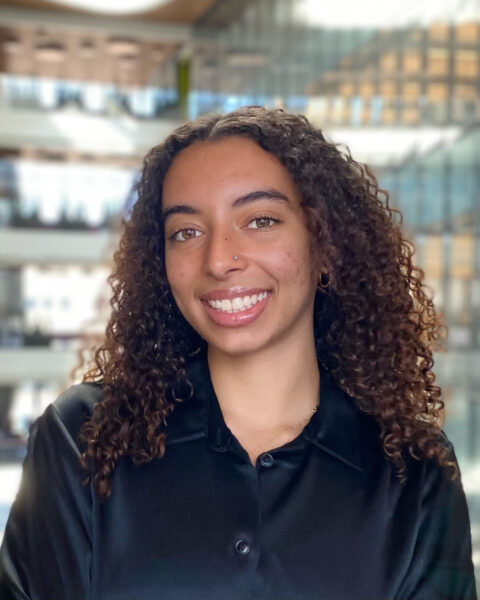 Identifying Trends in H-2A Visa Program and Labor Violations to Improve Labor Trafficking Disruptions
Identifying Trends in H-2A Visa Program and Labor Violations to Improve Labor Trafficking Disruptions
Awardee: Emily Devany COE’25
Mentor: Kayse Maass, COE, Mechanical and Industrial Engineering
This research project aims to identify trends among U.S. agricultural employers who submit H-2A visa applications despite having labor violations and prosecutions for human trafficking. Uncovering these patterns can make labor trafficking disruptions more successful, ultimately making strides toward achieving equity for migrant workers in the U.S.
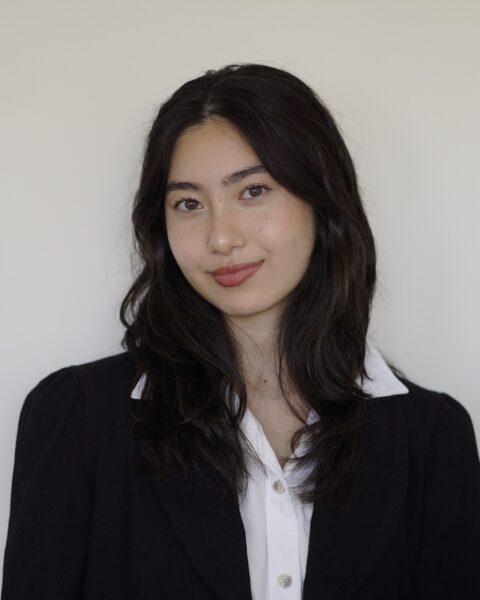 Salus Populi: Evaluating a Judicial Education Program
Salus Populi: Evaluating a Judicial Education Program
Awardee: Ami Farrell CSSH’27
Mentor: Katherine Hazen, CSSH, Criminology & Criminal Justice
In assistance of Salus Populi, a project aiming to educate judges and lawyers on the social determinants of health and their relationship to the law, I plan to contribute to evaluation of the program by analyzing quantitative and qualitative data collected from program attendance, pre-post program surveys, and interviews.
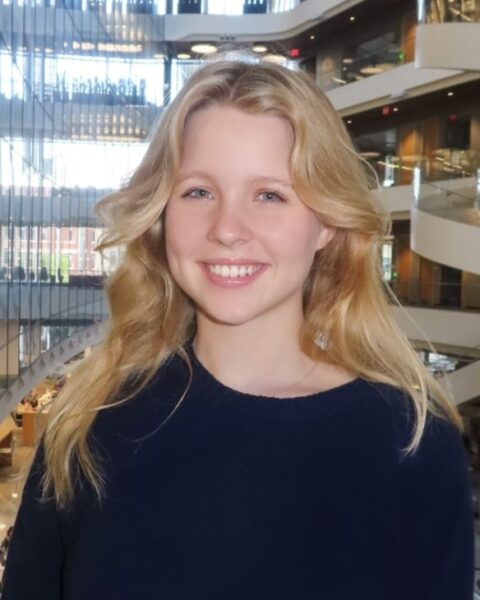 Development of a Kresling Origami-Based Robotic Gripper
Development of a Kresling Origami-Based Robotic Gripper
Awardee: Julia Faubus COE’27
Mentor: Kris Dorsey, COE, Electrical and Computer Engineering
Create a prototype of the Kresling origami-based gripper using suitable materials and fabrication techniques.
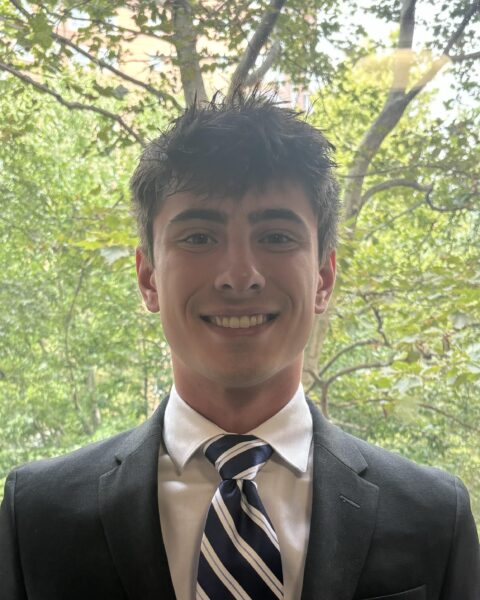 The Effect of Dehydration on Collagen Fibril Mechanics
The Effect of Dehydration on Collagen Fibril Mechanics
Awardee: Mark Frigiani COE’27
Mentor: Mohammad Siadat, COE, Bioengineering
I create very thin needles (~2 um diameter) and use them with the assistance of a microscope to pick up and conduct stress tests on collagen fibrils. The results of these stress tests are helping us to understand the properties of collagen fibrils in different environments.
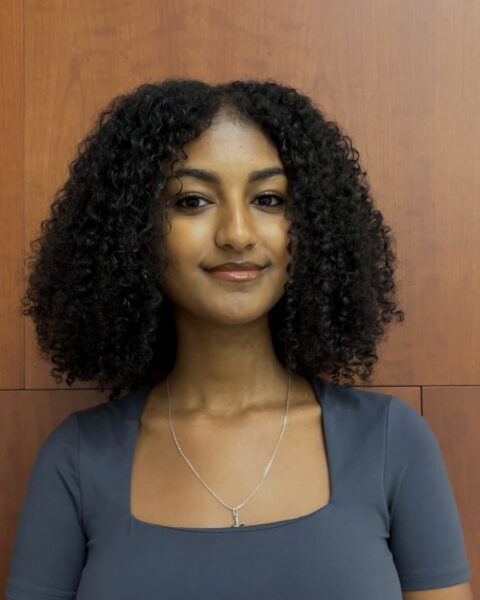 Understanding Attentional Control in Cognitive Training: Predictors and Mediators of EF Outcomes in Adolescents with ADHD
Understanding Attentional Control in Cognitive Training: Predictors and Mediators of EF Outcomes in Adolescents with ADHD
Awardee: Elda Gobena COS’26
Mentor: Susanne Jaeggi, COS, Psychology
The main focus of this project is to understand how cognitive training can be used to improve executive function in adolescents with ADHD and potentially serve as an alternative therapeutic medication. To assess its efficacy, we will measure reaction time variability, inhibitory control, and impulsivity scores during baseline assessments.
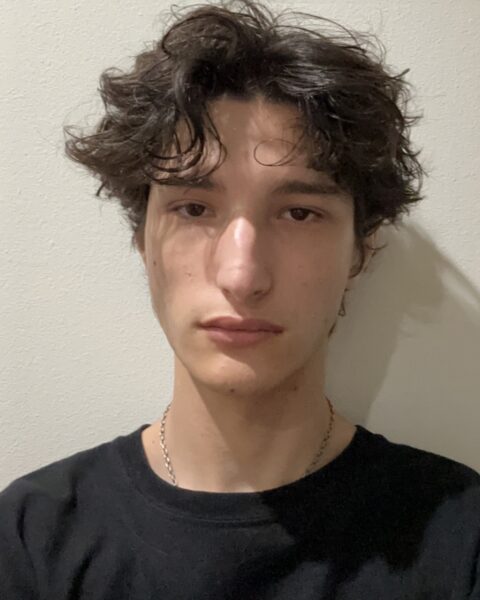 A Pilot Project Examining VR’s Impact on Political Attitudes
A Pilot Project Examining VR’s Impact on Political Attitudes
Awardee: Bruno Gracia Khoury’28
Mentor: Martha Johnson, CSSH, Political Science
Utilizing VR equipment and human test subjects to test out how their attitudes shift when exposed to a solitary confinement environment. Done by measuring skin conductivity, heart rate, and eye tracking
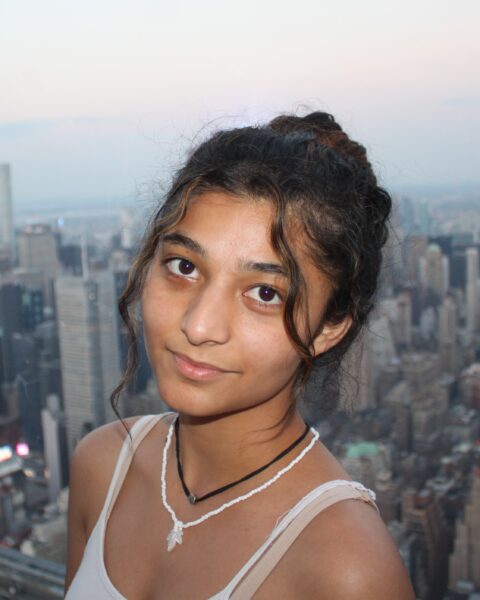 Microbial Food Production
Microbial Food Production
Awardee: Aarushi Gupta Khoury’27
Mentor: Rebecca Sherbo, COE, Chemistry & Chemical Biology
I am working at professor Rebecca Sherbo’s lab. I will gain experience in computational research by optimizing the bioinformatics software being used to most effeciently analyze the data, and gain experience in the wet lab by creating cell cultures and learning other wet lab methods.
 Lab Bench Skill Certifications for Stem Cell and Nerve Regeneration Research
Lab Bench Skill Certifications for Stem Cell and Nerve Regeneration Research
Awardee: Juliet Herrick COE’27
Mentor: Rebecca Willits, COE, Chemical Engineering
I will work under Dr. Rebecca Willits to earn certifications in essential lab skills, enhancing my independent research abilities. Alongside learning data collection techniques, I will shadow graduate students and explore stem cells and tissue engineering for nerve repair, contributing to advancements in regenerative therapies.
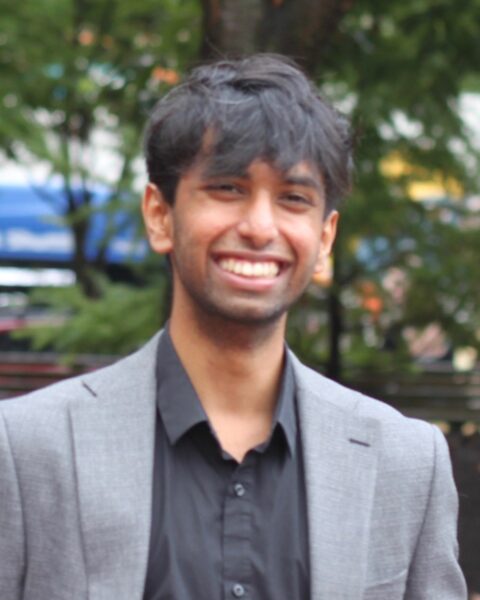 Quantifying Glycan Shielding Effect on Viral Proteins
Quantifying Glycan Shielding Effect on Viral Proteins
Awardee: Aryan Jain Khoury’27
Mentor: Srirupa Chakraborty, COE, Chemical Engineering
Viral proteins have glycan shielding that physically protects them from antibodies binding effectively. My task would be to build functions to be deployed as part of a web server to quantify this shielding effect. These comprehensive models would help researchers design immunogens with more efficient frameworks to tackle these viruses.
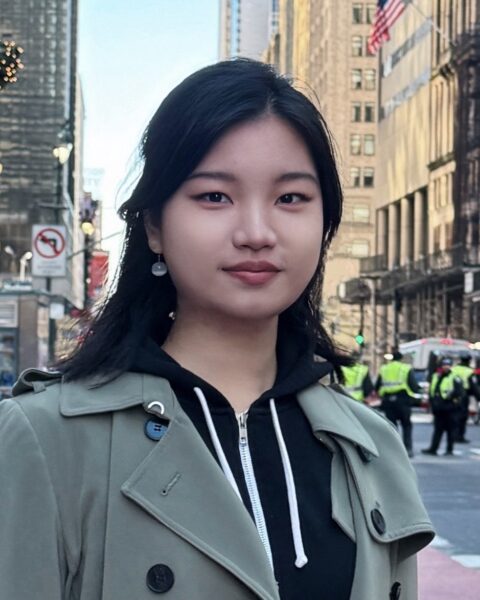 Worker Protection Standard (Wps) Enforcement: Description and Critical Points of Variation
Worker Protection Standard (Wps) Enforcement: Description and Critical Points of Variation
Awardee: Xiaoyu Ju DMSB’27
Mentor: Becca Berkey, CSSH, Human Services
I will work with my team to extract and manage agricultural data from the United States Department of Agriculture’s large data pool. I will independently be responsible for data visualization and variable construction.
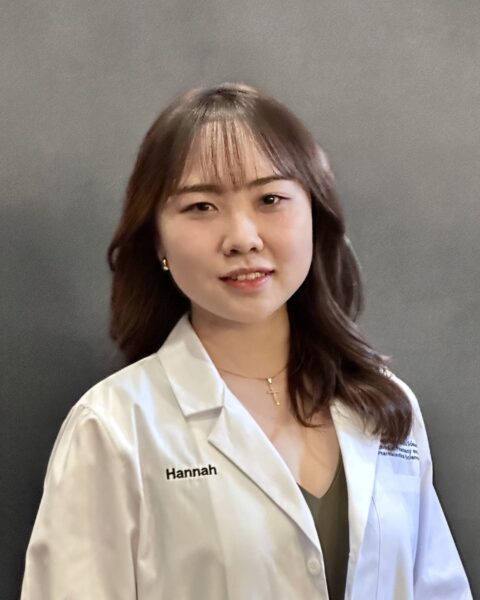 Advanced Drug Formulation
Advanced Drug Formulation
Awardee: Hannah Kim Bouvé’27
Mentor: Jie Shen, Bouvé, Pharmaceutical Science
I will help develop sustained-release drug formulations for dieseases such as bipolar disorder to enhance medication adherence by using HPLC, USP, and SDI techniques, focusing on optimizing excipients and release mechanisms for improved effectiveness and consistent therapeutic outcomes.
 Helmet Material Research
Helmet Material Research
Awardee: Ian Kim COE’27
Mentor: Turner Jennings, COE, Mechanical and Industrial Engineering
I will test how granular materials react to high impact forces for it implications in helmets.
 VERBAL: Visits, Environment, Recording, Bilingualism, and Learning (Vistas en Residencies Bilingues Aprendiendo Languaje)
VERBAL: Visits, Environment, Recording, Bilingualism, and Learning (Vistas en Residencies Bilingues Aprendiendo Languaje)
Awardee: Gabrielle Kim-Levesque COS’27
Mentor: Priya Shimpi-Driscoll, CSSH, Education
This study explores how the use of bilingualism in US Latinx families impacts the language development (Spanish-English) of Latinx children between ages 3 and 12. The aim is to further understand bilingualism and its benefits by looking at the heritage language proficiency of Latinx children in mono-language school systems.
 First Steps into Functional Near-Infrared Spectroscopy Data Analysis: Mapping Brain Activity from Naming in Noise in Post-stroke Aphasia
First Steps into Functional Near-Infrared Spectroscopy Data Analysis: Mapping Brain Activity from Naming in Noise in Post-stroke Aphasia
Awardee: Cecelia Kincaid Bouvé’27
Mentor: Erin Meier, Bouvé, Communication Sciences & Disorders
I will be performing fNIRS analysis on cross-sectional data for cognitive tasks to answer questions about which brain regions become activated during challenging speech conditions and how those activations may change over time. This can inform us about the mechanisms of aphasia and how to better treat it.
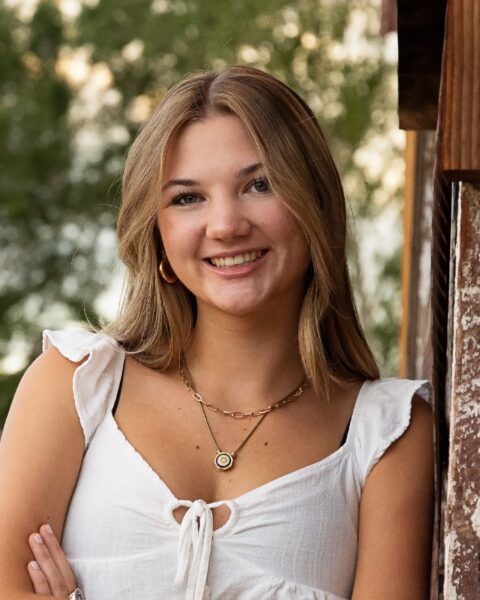 Impact of Social Media Usage on Mental Health in Adolescents
Impact of Social Media Usage on Mental Health in Adolescents
Awardee: Amelia Klug COS’27
Mentor: Alexandra Rodman, COS, Psychology
I am interested in further exploring is the link between social media usage and increased risk of mental health. Social media has become increasingly standard adolescents’ culture and I am curious to explore how this relates to mental health.
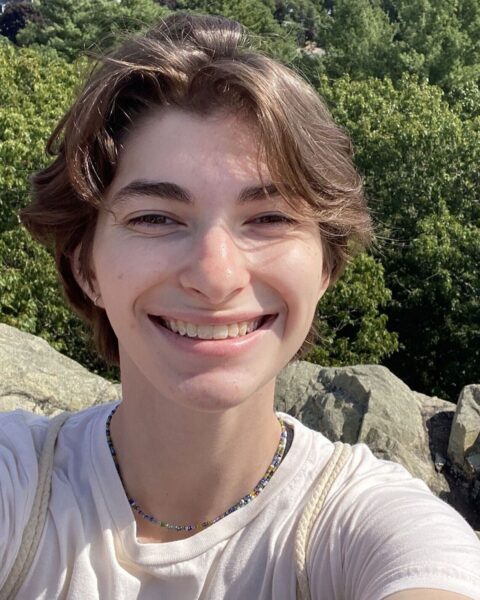 Boston Queer-Trans Library Research
Boston Queer-Trans Library Research
Awardee: Eleanor Lechtzin COE’28
Mentor: Andrew Gillen, COE, Civil & Environmental Engineering
I will be aiding Boston’s upcoming Queer-Trans Library through a research and graphic design project at the intersection of STEM and queerness. This project will include curating a book list which focuses on queer authors in STEM, creating bookmarks and posters, and donating related books to the libraries collection.
 Predicting Language Growth in Autism Using Statistical Learning (PLAUSL)
Predicting Language Growth in Autism Using Statistical Learning (PLAUSL)
Awardee: Janet Liu COS’28
Mentor: Zhenghan Qi, Bouvé, Communication Sciences & Disorders
PLAUSL is an NIH-funded longitudinal study that examines the role of statistical learning in informing language and literacy development in young children with and without autism. I hope to test whether children’s statistical learning abilities can predict their long-term improvement of language and literacy skills in school.
 Fear in Motion: Mapping the Influence of Paw Positioning on Conditioned Responses During Electric Shock
Fear in Motion: Mapping the Influence of Paw Positioning on Conditioned Responses During Electric Shock
Awardee: Siima Machayo COS’26
Mentor: Rebecca Shansky, COS, Psychology
I aim to explore how the positioning of rats’ paws during electric shocks affects their fear responses. This research will contribute to the Shansky Lab’s focus on neuroanatomy and behavior. It will enhance our understanding of fear conditioning mechanisms and offer valuable insights into anxiety disorders in humans.
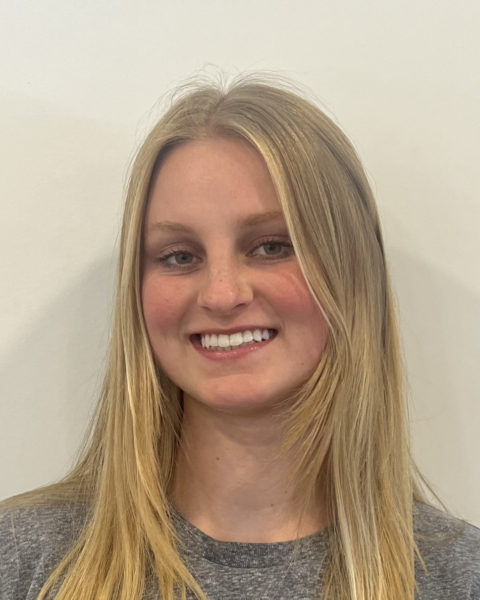 Protein Cyclic Voltammetry
Protein Cyclic Voltammetry
Awardee: Ruby Martin-Gulutzan COE’27
Mentor: Paul Stevenson, COS, Physics
The goal of this projuect is to determine if the chirality (handedness) of proteins can act as a spin filter for electrons. First, we will first determine the electron transfer rates of proteins by analyzing data obtained from running cyclic voltammetry tests on proteins within an electrochemical cell.
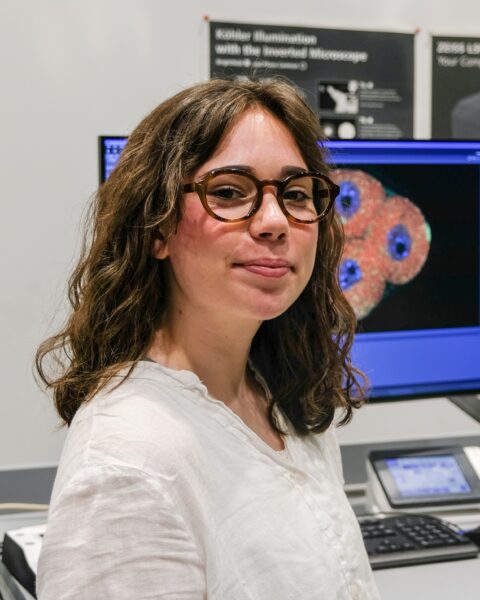 Hypertranscription in Regenerating Axolotl Spinal Cord
Hypertranscription in Regenerating Axolotl Spinal Cord
Awardee: Eva McCullough Office of the Provost’28
Mentor: James Monaghan, COS, Biology
Determine where hypertranscription is occurring in regenerating axolotl spinal cord using quantitative and fluorescent labelling techniques. Also, determine what type of RNA these transcripts are and what their function is in regeneration in the axolotl organism.
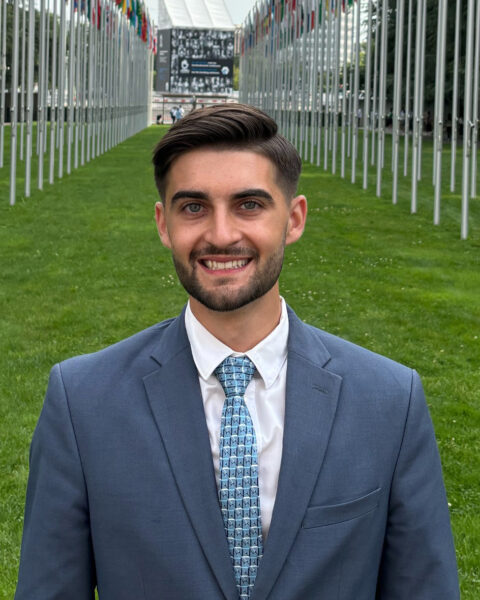 Governing AI for Humanity
Governing AI for Humanity
Awardee: John Moore CSSH’24
Mentor: Denise Garcia, CSSH, International Affairs
This project seeks to find potential avenues within the multilateral system for governing emerging technologies that pose significant threats to humanity, and redefining them as common goods for humanity. Past examples of entities that have been effectively categorized as such as include the high seas, the Ozone Layer, and Antarctica.
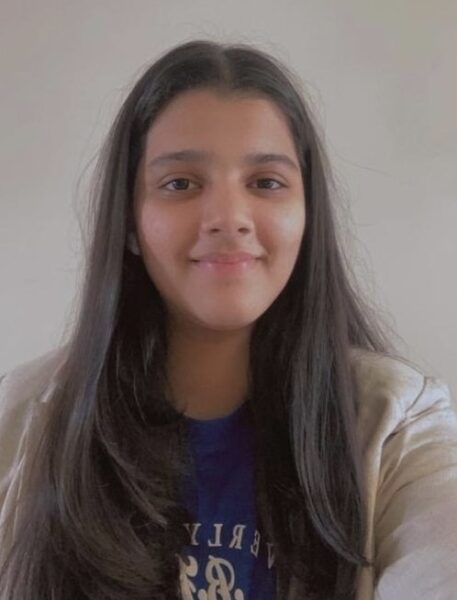 A Pilot Project Examining VR’s Impact on Political Attitudes
A Pilot Project Examining VR’s Impact on Political Attitudes
Awardee: Mahishi Murarka DMSB’29
Mentor: Martha Johnson, CSSH, Political Science
I aim to explore how virtual reality (VR) can enhance empathy and shift political attitudes toward marginalized societies, particularly regarding incarceration and solitary confinement. By comparing VR experiences to traditional storytelling methods, I seek to determine VR’s effectiveness in eliciting emotional responses and encouraging advocacy for meaningful policy changes.
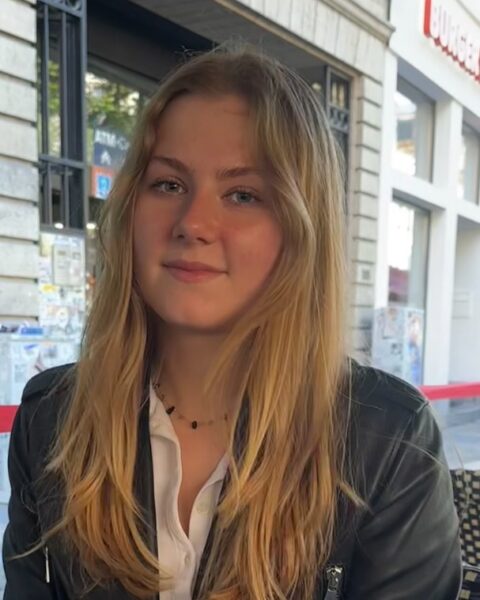 Peer, Instructor, and AI Feedback in the L2 Writing Process
Peer, Instructor, and AI Feedback in the L2 Writing Process
Awardee: Francesca Pendus Khoury’27
Mentor: Christina Agostinelli-Fucile, CSSH, World Languages Center
This project aims to learn about the kinds and quality of feedback generative AI can provide for students learning to write in a second language, as compared to instructor and peer feedback, and how students will evaluate and respond to these types of feedback.
 Effects of Order and Disorder on Adhesive Properties of Microstructure
Effects of Order and Disorder on Adhesive Properties of Microstructure
Awardee: Alvin Reji COE’28
Mentor: Ruobing Bai, COE, Mechanical and Industrial Engineering
This work explores how microstructural design impacts the mechanical properties of materials, focusing on adhesive performance. It investigates ordered and disordered microstructures, examining how they affect the material’s mechanical strength and performance. Understanding these effects reveals how disorder/order can enhance adhesion, offering insights for designing better materials.
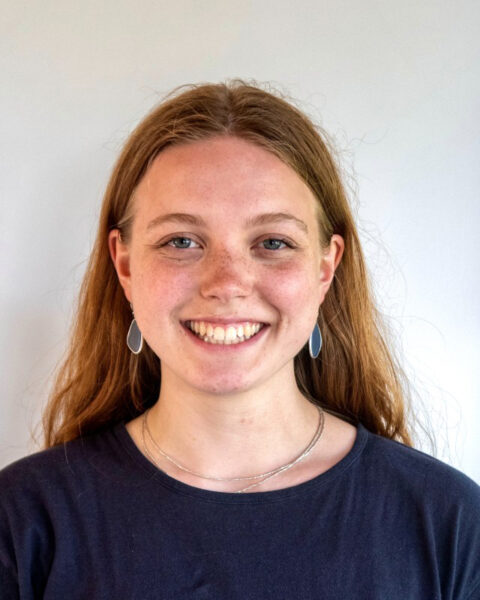 Simultaneous Measurement of Proteins and Metabolites Using Hydrophilic Interaction Liquid Chromatography and Mass Spectrometry
Simultaneous Measurement of Proteins and Metabolites Using Hydrophilic Interaction Liquid Chromatography and Mass Spectrometry
Awardee: Helena Rittenhouse COS’26
Mentor: Owen Skinner, COS, Chemistry & Chemical Biology
Proteins rely on metabolites for activation, inhibition, and modulation, which are essential interactions for normal cellular function. Analyzing plasma for protein and metabolite abundance is valuable for diagnostic purposes. While mass spectrometry is used for proteomics and metabolomics separately, this project aims to develop a method for simultaneous analysis.
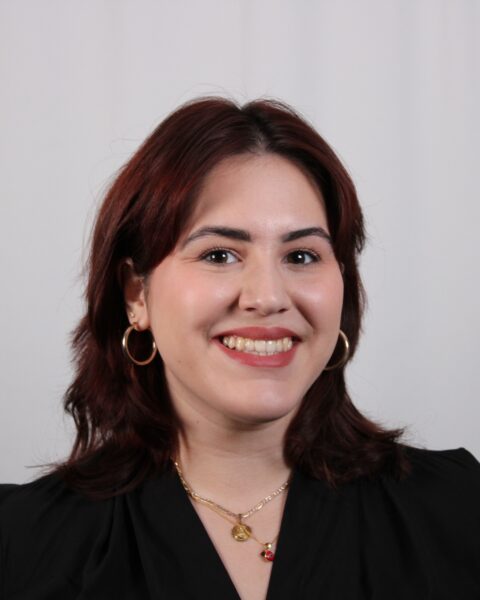 Assessing GENtoniK Components for Acceleration of Neuronal Maturation in a 3-D Culture
Assessing GENtoniK Components for Acceleration of Neuronal Maturation in a 3-D Culture
Awardee: Nicole Rodriguez COS’25
Mentor: Guohao Dai, COE, Bioengineering
This project aims to accelerate neuronal maturation in a 3D neurovascular niche (NVN) model for Alzheimer’s research using a microfluidic device. GENtoniK’s small molecule components will be assessed for their impact on neuron maturation, employing imaging and immunocytochemistry in a previously established NVN model with vasculature and neurons.
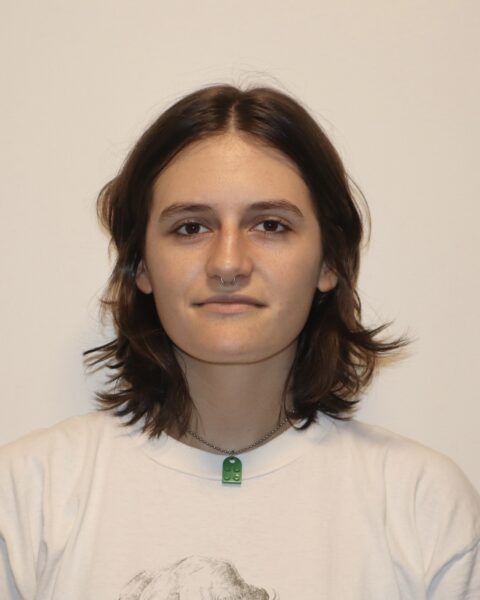 Modeling Phonological and Phonetic Variation in Regional Italian Mid-Vowel Systems
Modeling Phonological and Phonetic Variation in Regional Italian Mid-Vowel Systems
Awardee: Eva Roemer COS’27
Mentor: Joshua Griffiths, CSSH, World Languages Center
Traditional phonological analysis states that linguistic sounds can differentiate words as contrastive phonemes or surface as predictable variants of a phoneme. This is the beginning of a project seeking to offer a formal description of the Italian “e” and “o” vowels, whose pronunciations are neither contrastive nor predictable.
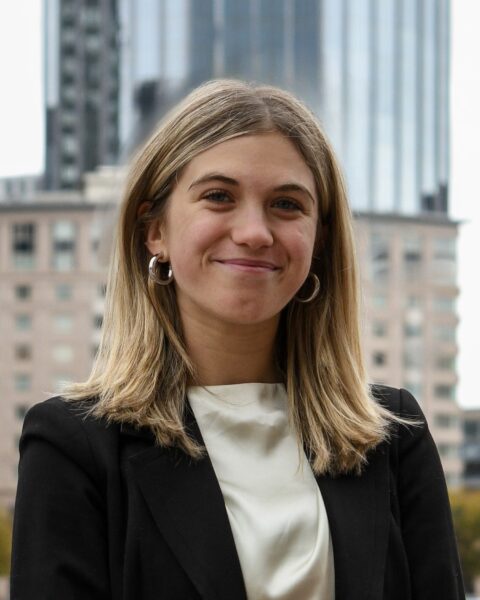 Evaluation of Boston’s Summer Youth Employment Program
Evaluation of Boston’s Summer Youth Employment Program
Awardee: Sophie Sawyers CSSH’25
Mentor: Alicia Modestino, CSSH, Economics
Using pre- and post-survey data from Boston’s Summer Youth Employment Program (SYEP), this project aims to rectify identified areas of program improvement through the formulation of actionable recommendations to the City of Boston, maximizing the effectiveness of the SYEP and building a more equitable workforce for Boston’s youth.
Boston’s Summer Youth Employment Program
Awardee: Samara Shankar CSSH’27
Mentor: Alicia Modestino, CSSH, Economics
Analyzing data of surveys from participants in the City of Boston’s Summer Youth Employment Program.
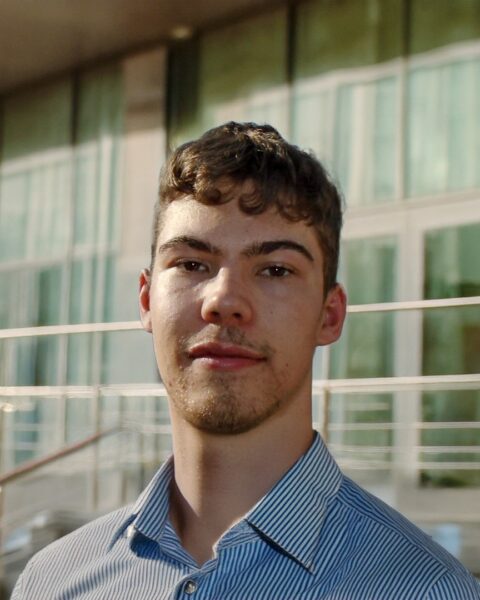 Quantifying Corporate Storytelling: The Role of Narrative Features in Predicting Financial Performance
Quantifying Corporate Storytelling: The Role of Narrative Features in Predicting Financial Performance
Awardee: Mikko Tripakis Khoury’25
Mentor: Yakov Bart, DMSB, Marketing
This project explores how tone and emotion in corporate communications, such as earnings calls and investor presentations, affect a company’s financial performance. By analyzing transcripts of corporate communications using natural language processing, I aim to uncover patterns that link narrative features to market outcomes and company success.
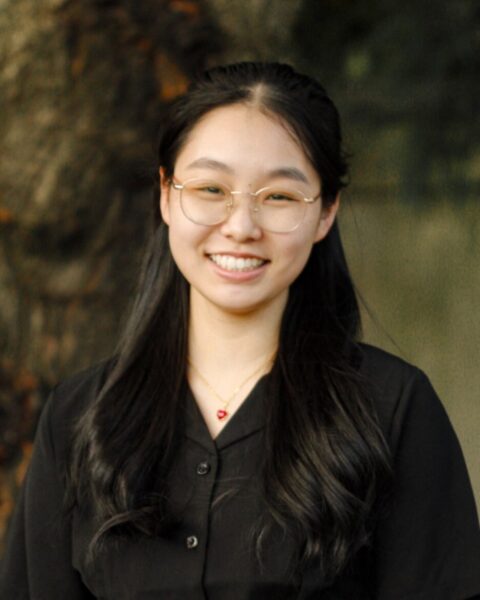 Willits Lab Basic Training Certifications
Willits Lab Basic Training Certifications
Awardee: Zoe Yu COE’27
Mentor: Rebecca Willits, COE, Chemical Engineering
Completion of the BCA and Cell Culture certifications will equip me with the skills necessary to conduct nerve regeneration and neural mechanobiology research in the Willits Lab.
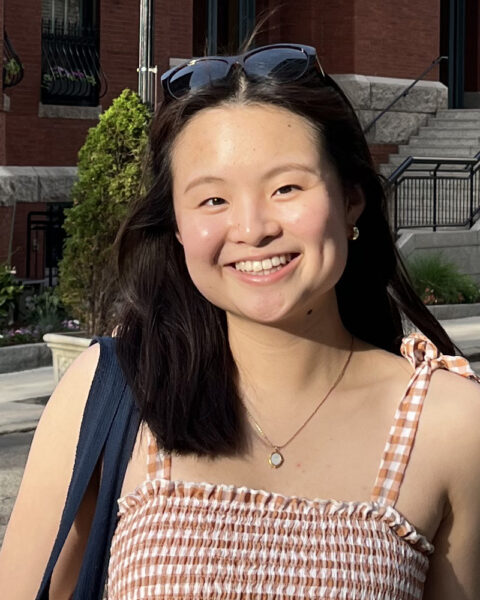 The Role of FoxA2+ in Growth Plate Repair
The Role of FoxA2+ in Growth Plate Repair
Awardee: Shirleen Zheng COS’27
Mentor: Andreia Ionescu, COS, Biology
I hope to gain more knowledge about how certain stem cell lines aid in cartilage repair after injury to the growth plate of the knee. I plan to assist in laboratory techniques in the Ionescu Lab to further this field of research.
ASCENT AWARDEES
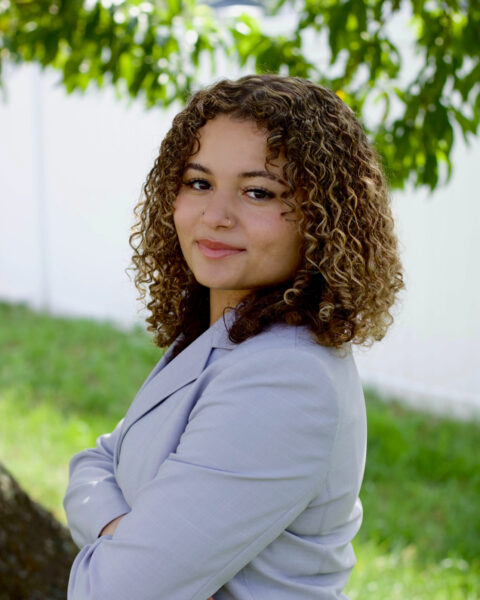 Impact of Fibrotic Stiffness in Human Lung Microvascular Endothelial Cells on Permeability
Impact of Fibrotic Stiffness in Human Lung Microvascular Endothelial Cells on Permeability
Awardee: Aracely Alicea COS’26
Mentor: Eno Ebong, COE, Chemical Engineering
This project aims to determine if lung fibrosis increases vascular permeability to gold nanoparticles, potentially indicating a therapeutic use for gold nanoparticles in diseases associated with lung fibrosis. Notably, lung fibrosis increases the risk of cancer metastasis to the lungs. This will be performed through first determining the optimal exposure time of nanoparticles to healthy and fibrotic human lung microvascular endothelial cell matrices after six hours of flow, then performing replicates of this experiment and analyzing the received data. If successful this research is to be published and then presented at the RISE 2025 conference held at Northeastern University.
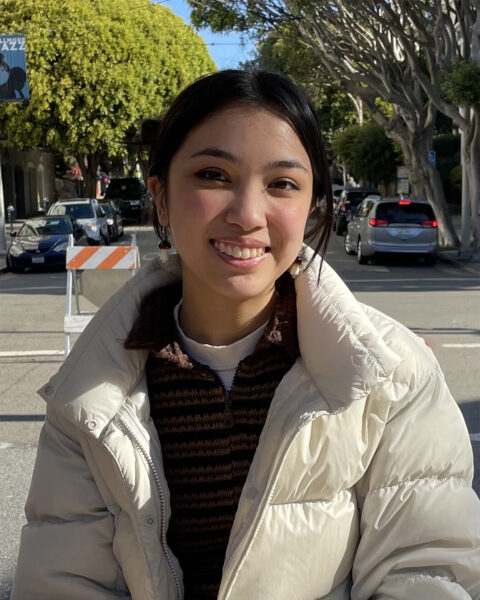 PFAS Project Lab Minnesota Case Study
PFAS Project Lab Minnesota Case Study
Awardee: Sabrina Balmaseda Bouvé’25
Mentor: Phil Brown, Bouvé, Health Sciences
This case study will summarize legislation and advocacy actions related to PFAS in Minnesota through a governance memo and conceptual memo. These memos will summarize important information for the public on how PFAS has impacted Minnesota’s communities and the steps that have been taken to address Minnesota’s PFAS-related issues. These memos will utilize the PFAS Project Lab’s PFAS Governance Tracker, which houses PFAS-related policy and governance actions, government reports, scholarly journals, and publicly available data to summarize such actions. This case study will be shared with the public and its findings will be presented at Northeastern’s RISE Expo.
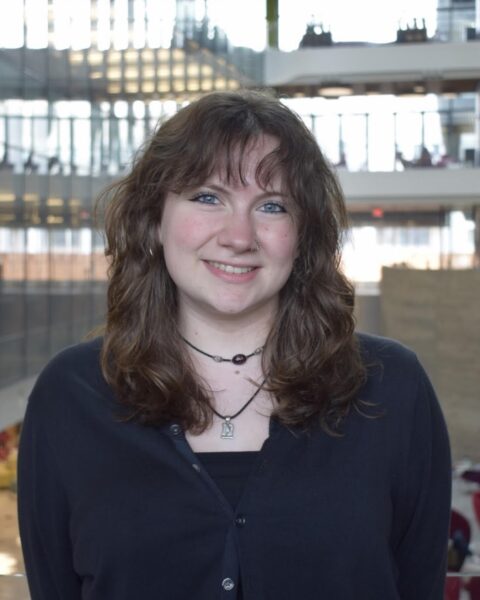 Integration of Isotope Probing and Metagenomics to Assess the Degradation Mechanisms of 1,4-Dioxane
Integration of Isotope Probing and Metagenomics to Assess the Degradation Mechanisms of 1,4-Dioxane
Awardee: Melissa Bernardin COE’27
Mentor: Rain Miao, COE, Civil & Environmental Engineer
1,4-Dioxane is a groundwater and soil contaminant that poses a threat to the environment and public health. Recently, two microbial consortia, DXO88 and SC30, have been found to posess significant dioxane degrading capabilities. This study aims to identify the key microbial taxa in the two consortia driving 1,4-dioxane degradation. To achieve this, 16S rRNA gene sequencing and DNA-based stable isotope probing in a laboratory scale experiment will be applied and used to explore the molecular mechanisms of the microbial consortia catabolizing carbon-13 labeled 1,4-dioxane.
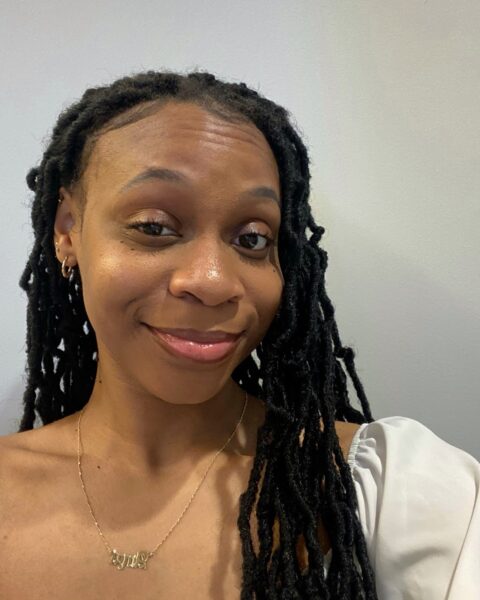 U.S. Physicians’ Views on Narrative Medicine in Addressing Racial and Ethnic Health Disparities
U.S. Physicians’ Views on Narrative Medicine in Addressing Racial and Ethnic Health Disparities
Awardee: Amya Biscaino COS’24
Mentor: Winston Kennedy, Bouvé, Physical Therapy, Movement, and Rehabilitation Science
This project delves into the perspectives of U.S. physicians on the narrative medicine model and its role in addressing healthcare disparities among racially and ethnically minoritized communities. Through in-depth interviews, I aim to understand how storytelling in medicine can enhance patient-provider interactions and improve care for marginalized populations. The research seeks to identify ways to modify and strengthen the model for a more equitable and empathetic healthcare system. Findings will be presented at RISE and further communicated through an academic paper.
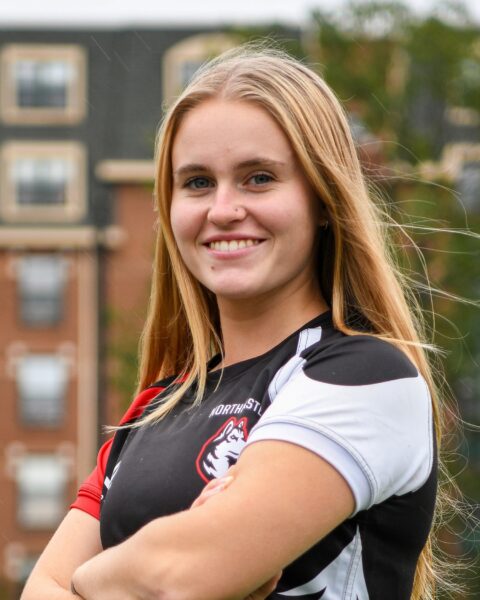
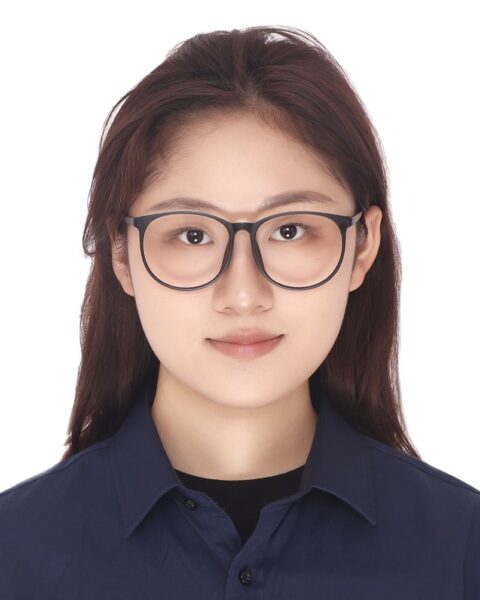
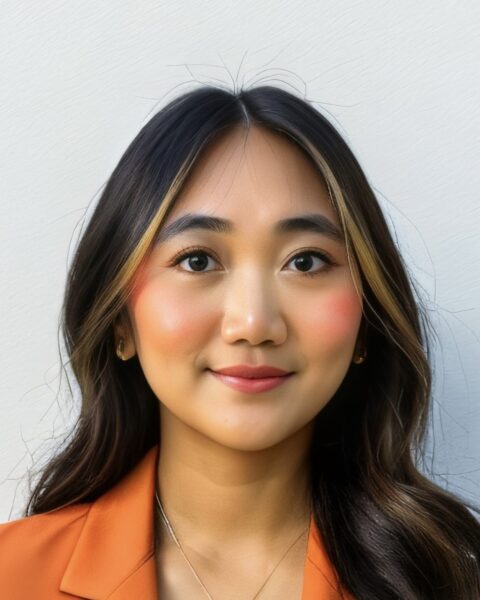 A Pilot Project Examining VR’s Impact on Political Attitudes
A Pilot Project Examining VR’s Impact on Political Attitudes
Awardee: Ella Bramwell
Mentor: Seo Eun Yang, CSSH, Political Science
Are virtual reality narratives more effective at generating empathy and shifting political opinion than other narrative methods, like written accounts or traditional 2D video? While research indicates an empathy effect, political attitudes are understudied. We examine this question using the example of solitary confinement and measuring empathy and emotional arousal through both commonly used survey questions and the collection of biometric data, including brain activity (EEG), heart rate, and skin conductance. We then measure political attitudes by asking about support for reform policies and offering participants the opportunity to sign a generic letter of support to their U.S. senator.
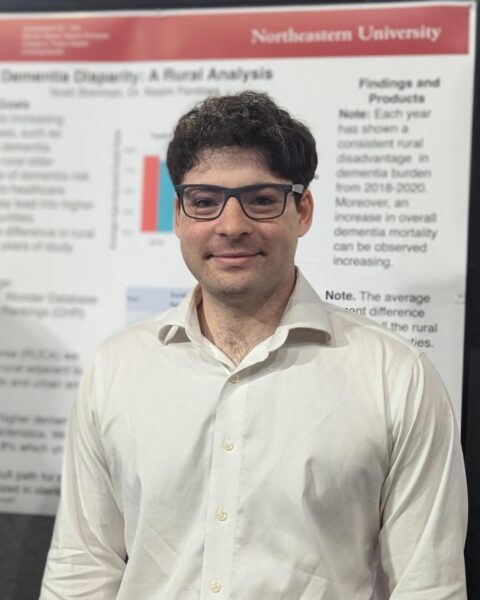 Alzheimer’s Disease and Disparity: A Rural Undercounting
Alzheimer’s Disease and Disparity: A Rural Undercounting
Awardee: Noah Brenman Bouvé’27
Mentor: Nasim Ferdows, Bouvé, Health Sciences
Alzheimer’s and dementia-related diseases (ADRD) have been an ever-growing concern in rural areas due to decreased healthcare access. This project utilizes the CDC Wonder database to find the difference in dementia mortality between rural and urban areas based on county health statistics. This project hopes to identify unmet needs for rural ADRD for better data tracking methods. This project’s abstract will be shared through the Geriatric Society of America and RISE.
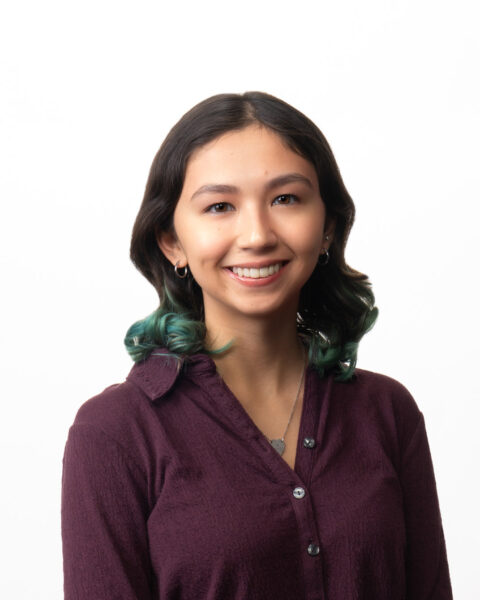 Understanding Grammatical Gender Agreement in Basque-Spanish Contact
Understanding Grammatical Gender Agreement in Basque-Spanish Contact
Awardee: Natalie DeLaCruz CSSH’25
Mentor: Gorka Basterretxea Santiso, CSSH, World Languages Center
I hope to continue my work with Dr. Basterretxea Santiso and research grammatical gender agreement inconsistencies in Spanish spoken in the Basque Country in Spain. I will analyze sociolinguistic interviews searching for differences such as La casa [fem.] es bonito [masc.];The house [fem.] is beautiful [masc.], while the standard gender agreement would be La casa [fem.] es bonita [fem.]. As there are many regions where gendered and non-gendered languages come in contact, the findings can be extended to apply to them.
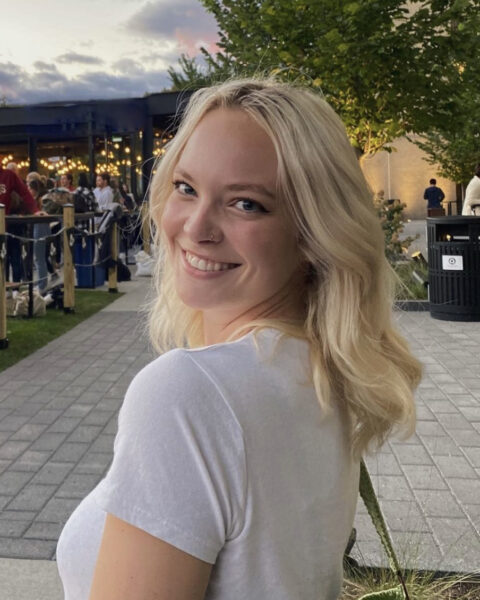 Mental Health in the Mosh Pit: Continuing Ethnographic Fieldwork at Furnace Fest
Mental Health in the Mosh Pit: Continuing Ethnographic Fieldwork at Furnace Fest
Awardee: Katie Dowell CAMD’24
Mentor: Andrew Mall, CAMD, Music
Furnace Fest is a spiritual and secular hardcore festival that is held annually in Birmingham, Alabama. Over the course of the last year, our research team has conducted, transcribed, and coded interviews with Furnace Fest attendees in an attempt to better understand the impact of nostalgia, spirituality, community, and self-expression in hardcore spaces. Our goal for the project this semester is to return to Furnace Fest to conduct fieldwork, this time with a greater emphasis on mental health and the ways in which it plays into the formation of community at the festival.
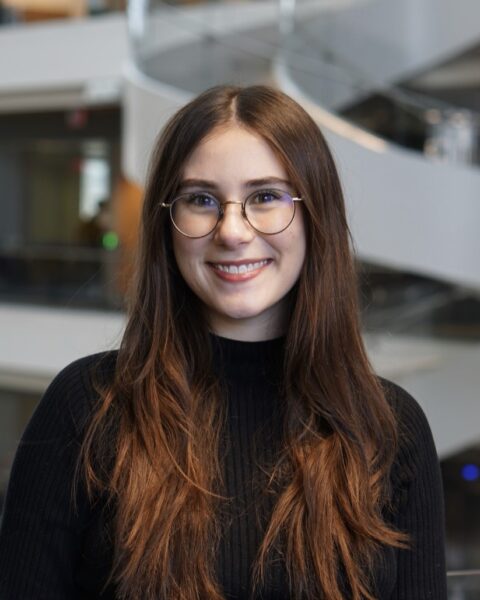 Linking the past to the present: Residential redlining and violence in San Antonio
Linking the past to the present: Residential redlining and violence in San Antonio
Awardee: Elizabeth Feldman CSSH’25
Mentor: Ramiro Martinez, CSSH, Sociology and Anthropology
E. B. Du Bois detailed in his book The Philadelphia Negro that crime is a product of social conditions such as segregation and discrimination rather than race. Redlining is a prominent example of such discrimination, in which neighborhoods were graded based on their risk for mortgage, usually determined by racial composition. Such as Philadelphia in 1899, present-day San Antonio is a racially segregated city. Using spatial analysis and violent crime data, this study will analyze the grim past of segregation and if redlining contributed to contemporary crime in San Antonio.
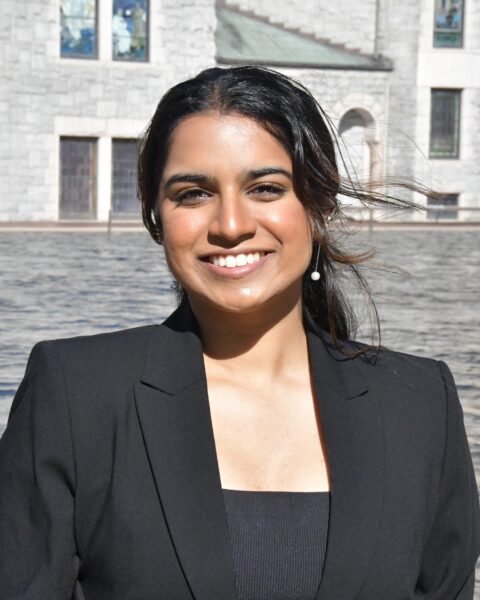 Selective Translation in E. coli Ribosomes
Selective Translation in E. coli Ribosomes
Awardee: Janani Ganesh COS’27
Mentor: Veronica Godoy-Carter, COS, Biology
My project examines whether all bacterial ribosomes, essential for protein production, function equally. We willl use different strains of Escherichia coli, each missing one of its ribosomal RNA operons, to see how they translate the recA gene from Acinetobacter baumannii, which has an untranslated region that might interact differently with ribosomes. This research challenges the idea that ribosomal redundancy is just a backup, potentially revealing that certain ribosomes are better for specific tasks. The results will be shared through scientific publications, presentations, and outreach to advance our understanding of bacterial genetics and protein synthesis.
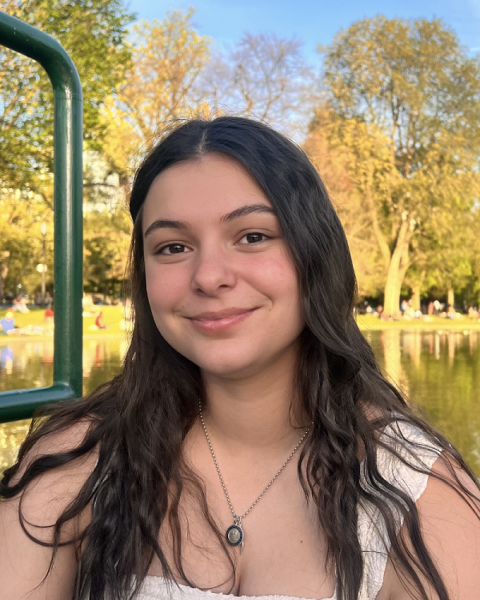 Genetic Mapping of Cocaine Addiction in SHR Rats Through Self Administration
Genetic Mapping of Cocaine Addiction in SHR Rats Through Self Administration
Awardee: Nina Garbarino COS’27
Mentor: Camron Bryant, Bouvé, Pharmaceutical Science
Addiction in the United States continues to be a public health issue. Although we are currently in the midst of an opioid epidemic, stimulant use and resulting overdose deaths continue to rise, yet there is no treatment for stimulant use disorder. In prior research, genetics have shown that cocaine and psychostimulant addiction has about 40-50% heritability making genetic mapping an avenue to find new treatments. This project uses Reduced Complexity Cross (RCC) approach with Spontaneously Hypertensive Rat (SHR) substrains to identify genetic factors related to cocaine addiction through their distinct behavioral profiles.
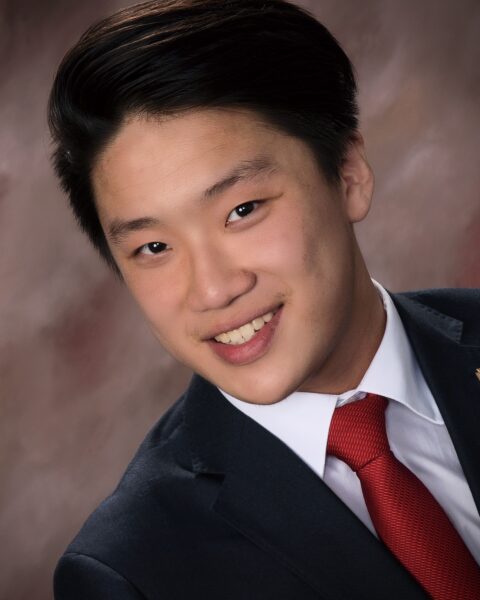 Predictive Models for Robot Assistants with Smart Home Sensor Data
Predictive Models for Robot Assistants with Smart Home Sensor Data
Awardee: Andrew Ge Khoury’24
Mentor: Zhi Tan, Khoury, Computer Science
In this project we develop machine learning models that can predict the routine of their users’ without explicit instructions, enabling robot assistants to act autonomously in assisting users with housework. Home robot assistants can help with chores at home, and support older adults in living independently, delaying the need to move into assisted living. Through incorporating smart home sensor data into models from current research, we move towards a reality where proactive robot assistants can help improve the lives of people across the world. Our work will be shared at RISE and Robotics: Science and Systems international robotics conferences.
 Art vs. Science: Can Computers Accurately Detect Plot Points within a Story?
Art vs. Science: Can Computers Accurately Detect Plot Points within a Story?
Awardee: Jory Gutman DMSB’27
Mentor: Yakov Bart, DMSB, Marketing
Through data science and natural language processing, the project aims to examine narrative structure and refine the process of computationally dissecting key points within a narrative. While humans can often detect points in a story through their understanding of the natural world, computers struggle to pick up on events within a body of text. By using NLP to detect recurring characters, locations, events, and language complexity, this project can develop a more effective algorithm for analyzing stories and breaking down their key components. The findings can be represented through graphs, demonstrating the accuracy of each model and their source code.
 Developing a Hydrologic Model for Major Maine Rivers Incorporating Reservoir Routing
Developing a Hydrologic Model for Major Maine Rivers Incorporating Reservoir Routing
Awardee: Caleb Hagner COE’26
Mentor: James Dennedy-Frank, COS, Marine & Environment Sciences
In light of recent record streamflows and major flooding in Maine, building a robust hydrologic and hydraulic model with the resolution and fidelity to predict how streamflow will vary in a future climate and depending on management decisions will be critical to help water resource managers plan for the future. This project will develop a software skeleton based on the Variable Infiltration Capacity (VIC) and Routing Application for Parallel computatIon of Discharge (RAPID) models to explore the effect of dams on Maine flooding that has the capacity to later be updated with higher-resolution inputs. Results will be presented at RISE.
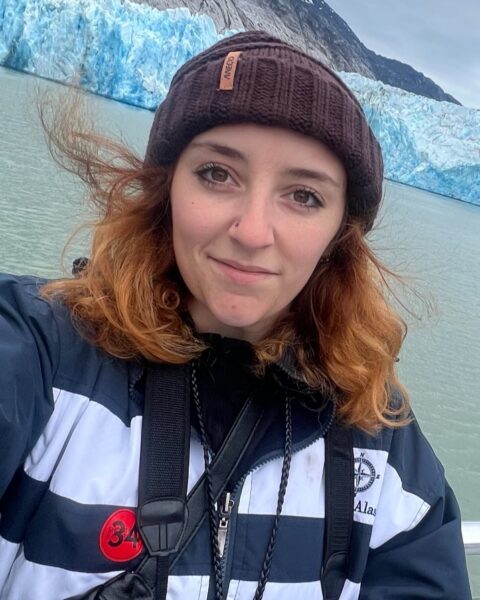
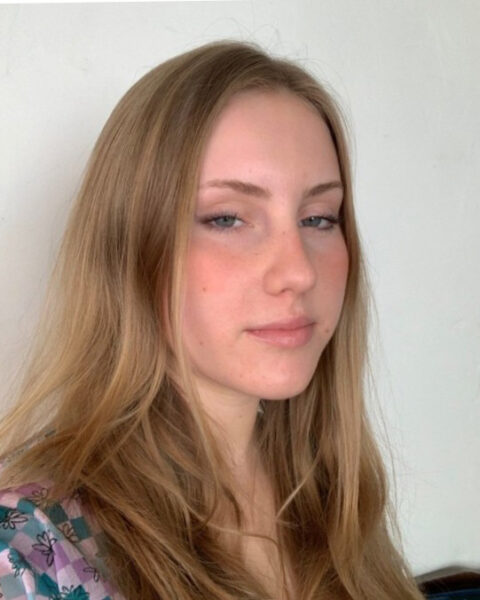 The Legacy of Redlining: Analyzing Historical Discrimination and Modern Inequality in San Diego
The Legacy of Redlining: Analyzing Historical Discrimination and Modern Inequality in San Diego
Awardee: Natalie Harkins CSSH’26, Camille Fei CSSH’26
Mentor: Ramiro Martinez, CSSH, Criminology & Criminal Justice
Our project investigates the historical practice of redlining in San Diego and its connection to modern social and economic inequalities. By analyzing historical redlining maps and comparing them to current sociological factors using GIS software, we aim to uncover lasting impacts of this discriminatory policy. The significance lies in highlighting how past injustices continue to shape present-day disparities. Anticipated outcomes include a comprehensive research paper and GIS maps that will inform policy discussions and contribute to broader efforts to address urban inequality.
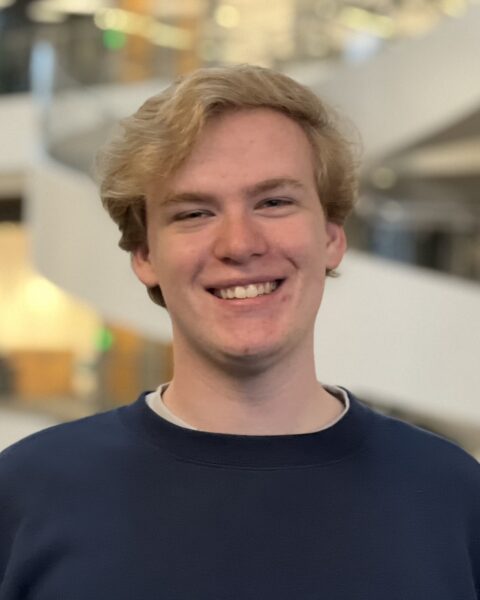 Spontaneous Symmetry Breaking in Superconductivity and Higgs Mechanism
Spontaneous Symmetry Breaking in Superconductivity and Higgs Mechanism
Awardee: Gabriel Hill COS’26
Mentor: Camille Gómez-Laberge, COS, Physics
The goal of my project is to study the Standard Model (SM) and its foundations. Specifically, my primary topic of interest is symmetry breaking. This idea is central to the SM and underlies the now famous Higgs mechanism, which gives particles their mass, as well as other striking phenomena like superconductivity. With expert support from Professor Gómez-Laberge, I am proposing to investigate the foundations of symmetry breaking and the said explanations it offers. Upon finishing my investigation, I will be compiling my work into a written report for other undergraduate students, as well as presenting my work at RISE.
 Assessing the Impact of Monopsony Power in the Publishing Industry
Assessing the Impact of Monopsony Power in the Publishing Industry
Awardee: Siyu Hou Khoury’25
Mentor: Yakov Bart, DMSB, Marketing
This project investigates the impact of monopsony power in the publishing industry, focusing on mergers like Penguin Random House and Simon & Schuster. By analyzing past mergers and modeling industry dynamics, I aim to understand how these consolidations affect authors, publishers, and consumers. This research will provide insights into maintaining a competitive market environment. Under the guidance of my research mentor Yakov Bart, I will use statistical and econometric methods to simulate merger outcomes and quantify their effects on welfare. The findings will contribute to broader discussions on the economic impacts of industry mergers.
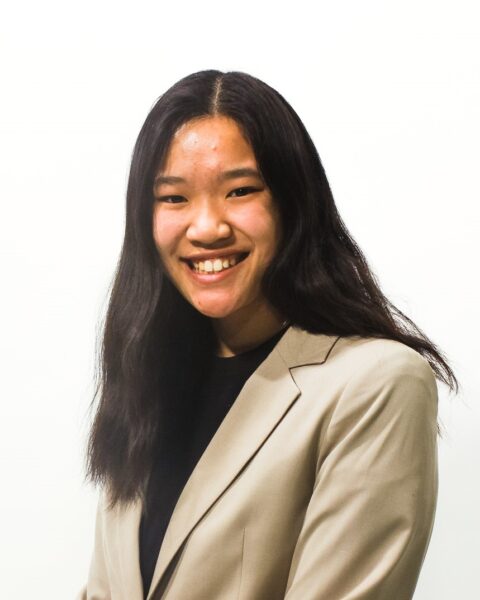 Optimizing Processing Pipelines of fNIRS Data from Individuals with Post-Stroke Aphasia
Optimizing Processing Pipelines of fNIRS Data from Individuals with Post-Stroke Aphasia
Awardee: Caela Hung Bouvé’25
Mentor: Erin Meier, Bouvé, Communication Sciences & Disorders
My goal is to optimize the processing pipeline of functional Near-Infrared Spectroscopy (fNIRS) data from individuals with post-stroke aphasia. Post-stroke aphasia is a common language disorder leading to communication difficulties. fNIRS is a unique brain imaging modality with strengths in cost and portability. There is currently little research relating to fNIRS analysis and aphasia recovery. Optimizing the processing for this data will enable analysis surrounding the role of language networks in individuals with early post-stroke aphasia, which ultimately can inform clinicians for recovery models and therapy plans for their clients. I plan to present my research at RISE this spring.
 Inducing circATRNL1 Overexpression in Ovarian Cancer to Potentiate Phototherapy
Inducing circATRNL1 Overexpression in Ovarian Cancer to Potentiate Phototherapy
Awardee: Madonna Kalliny COS’26
Mentor: Bryan Spring, COS, Physics
Photodynamic therapy (PDT) has been a successful, minimally invasive cancer treatment on its own. Similarly, circular RNAs have been of great interest due to their great stabilization and binding to gene regulating factors such as microRNAs. Consequently, they have been identified as promising therapeutic agents by regulating cell proliferation and migration. In ovarian cancer cells, circATRNL1 has been identified to be downregulated compared to nontumor tissues. Would overexpression of circATRNL1 combined with PDT result in reduced cell proliferation and migration? Because if so, similar treatments can be utilized for various cancers. Moreover, I plan to share my results at RISE.
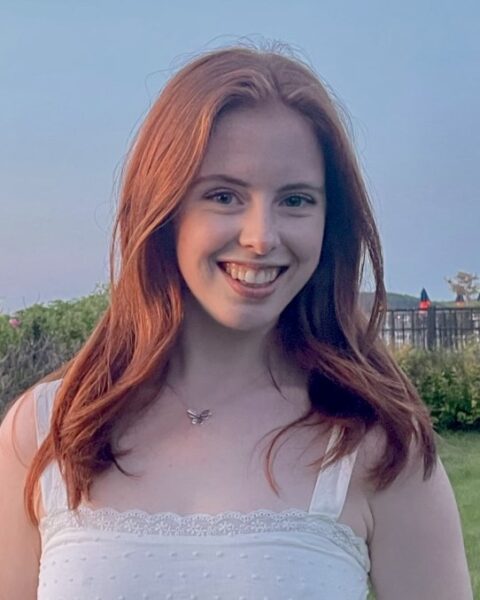 Characterizing Levels of Hypoxia-Inducible Factors at Different Oxygen Tensions in Epithelial and Me
Characterizing Levels of Hypoxia-Inducible Factors at Different Oxygen Tensions in Epithelial and Me
Awardee: Liliana Lachance Bouvé’25
Mentor: Stephen Hatfield, Bouvé, Pharmaceutical Science
Cancer metastasis is defined as the rapid, uncontrolled proliferation of tumor cells. This process can be induced by hypoxia, which is characterized by low oxygen levels. This research aims to determine the peak stabilization time of hypoxia-inducible factors HIF-1a and HIF-2a in tumor cells and characterize with western blots and flow cytometry if the immune response is dependent upon their concentrations. I plan to present my results at RISE and conduct future studies related to the HIF proteins’ influence on other processes important for tumor growth.
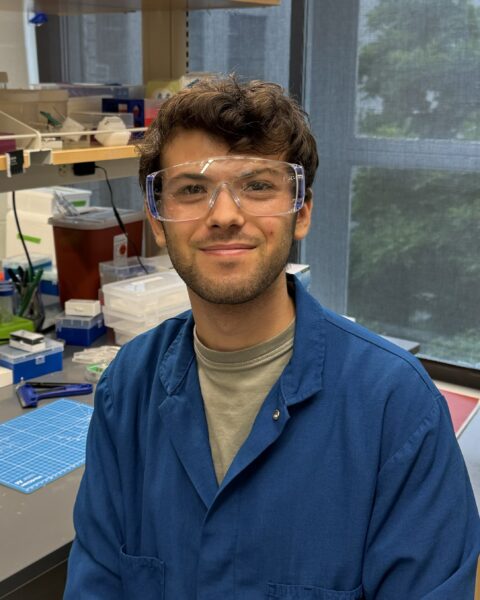 The Impact of Aging on Day 5 Daf-2 Mutant C. elegans’ Host-Microbiome Interactions
The Impact of Aging on Day 5 Daf-2 Mutant C. elegans’ Host-Microbiome Interactions
Awardee: Dylan Lasky COE’25
Mentor: Erel Levine, COE, Bioengineering
The purpose is to investigate how the host-microbiome interactions between Daf-2 mutant C. elegans and introduced bacteria strains can become altered due to aging. I will modify and test a different design of the microfluidic chambers that will be suited for imaging older, larger animals as the current microfluidic device in Levine Lab is only capable of fitting normal sized adult worms. I plan to follow a process of microfluidic device design, fabrication, and testing to determine the quality of the worm loading procedure. The outcome data will be fluorescent images demonstrating the bacteria strains within the worm gut.
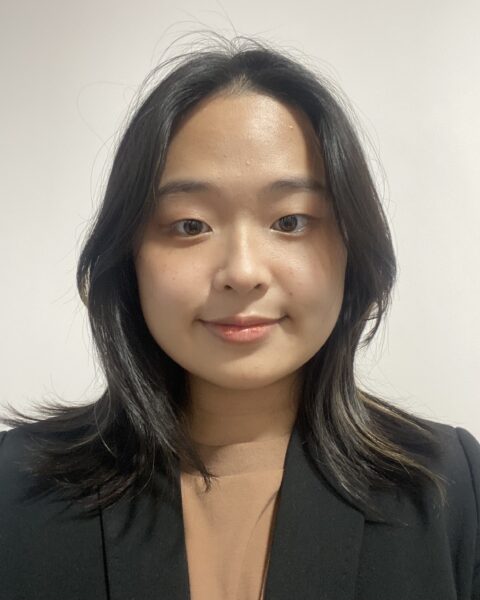 Covid-19’s Impact on Stroke Mortality Rates in Rural vs Urban Areas
Covid-19’s Impact on Stroke Mortality Rates in Rural vs Urban Areas
Awardee: Vivian Lin COS’26
Mentor: Nasim Ferdows, Bouvé, Public Policy and Urban Affairs
COVID-19 had an undeniable influence on global health, and this project aims to establish its effect on stroke mortality rates. This will be achieved by investigating data from the CDC County Health Rankings and looking at county-level mortality data using ICD 10 codes that account for stroke. ERS RUCC codes will also be used to look for impacts due to rurality. It is anticipated that stroke mortality rates will have been affected by COVID-19, and rural areas will be significantly more impacted. Results will be communicated through conferences and policymakers to help improve policies and patient care.
 Comparative Analysis of Input Devices for Digital Trail Making Task
Comparative Analysis of Input Devices for Digital Trail Making Task
Awardee: Erin Lynch COS’27
Mentor: Mathew Yarossi, Bouvé, Physical Therapy, Movement, and Rehabilitation Science
Our overarching project aims to incorporate an eye-tracking integrated digitized Trail Making Task (dTMT) with functional magnetic resonance imaging (fMRI) to investigate cognitive, motor, and visual domains in traumatic brain injury (TBI). Specifically, we aim to determine which fMRI compatible input device (trackball or Xbox controller) most closely mimics our previously validated stylus and Wacom tablet dTMT paradigm. Finally, we plan to validate the chosen device with the Wacom version, hoping to show correlation in outcome measures between input devices and differences in performance on varying task complexities (numeric-TMTA vs. alphanumeric-TMTB). This work will be disseminated at RISE and SfN.
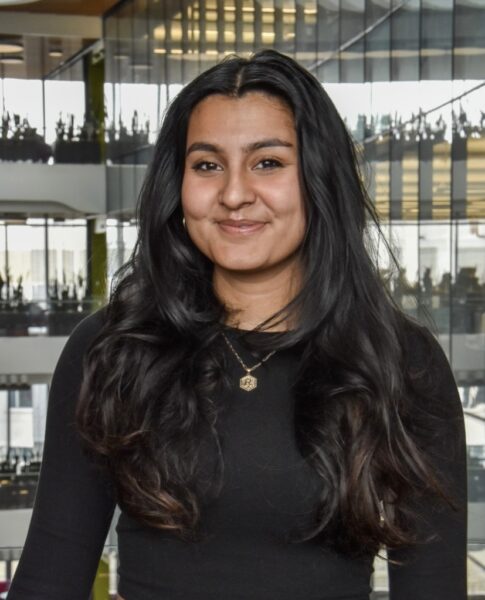 Salus Populi Evaluation
Salus Populi Evaluation
Awardee: Ria Mukhopadhyay Bouvé’25
Mentor: Katherine Hazen, CSSH, Criminology & Criminal Justice
This project evaluates the accessibility and reliability of data to assess the Salus Populi judicial education program’s impact on judicial decisions. It investigates how the program enhances judges’ awareness of their role in shaping public health and their integration of social determinants of health (SDOH) into decisions. The project will result in a manual to streamline access to court data and a coding scheme to identify themes of SDOH in judicial opinions. These efforts will help measure judicial awareness of SDOH and inform future training. The findings will be presented with Salus Populi staff and at the annual RISE Expo.
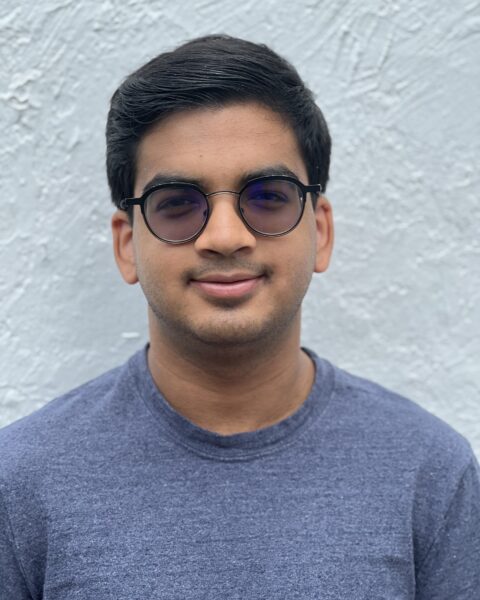 Building a Card Playing Robot to Improve Pick and Place Robotics Algorithms
Building a Card Playing Robot to Improve Pick and Place Robotics Algorithms
Awardee: Nikhil Mukraj Khoury’27
Mentor: Thomas Consi, COE, Electrical and Computer Engineering
The project aims to design and build a small mobile robot that should be able to recognize cards and interact with them in a game-like setting. The mechanical aspect of the project will be completed by building a robot that navigates its environment using a four wheel drive and 3D printing an arm for the robot to pick up cards with. The robot will be controlled by a Jetson Nano which will also use machine learning based computer vision to recognize the cards and determine where to place them.
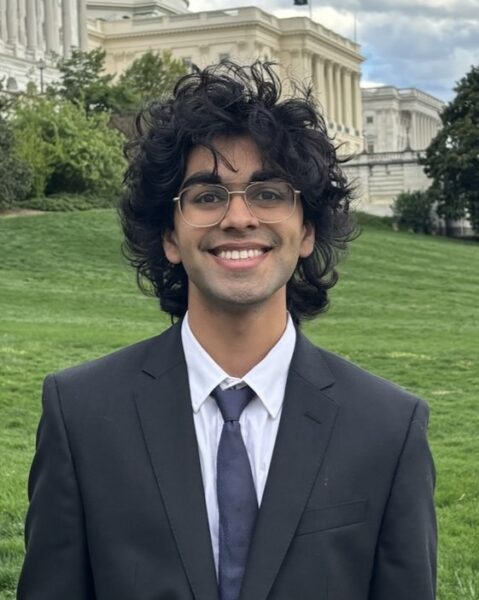 The Dynamics Of Home Sales In The Presence Of Mortgage Lock-in And Their Implications For Policy
The Dynamics Of Home Sales In The Presence Of Mortgage Lock-in And Their Implications For Policy
Awardee: Vedant Mundhra CSSH’26
Mentor: Joshua Abel, CSSH, Economics
Mortgage interest rates in the US have increased sharply since 2021. A much-discussed consequence of this is the disincentive this creates against homeowners selling their homes. Because most borrowers in the US use Fixed-Rate Mortgages, moving would require them to get accept a sizeable increase in their interest rates. As a result there has been a corresponding decline in home sales of roughly 25%. This project analyzes policies that have been proposed to address this issue, such as President Joe Biden’s proposal to give a tax credit to homeowners who sell their houses.
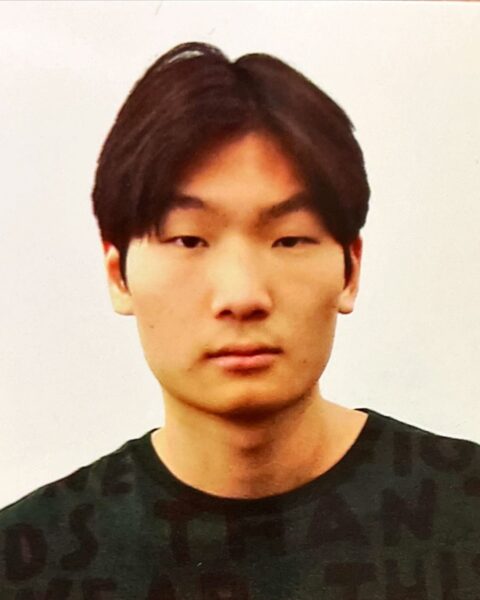 Impairment of the Microtubule Related Tau Protein as a Key Contributor of Alzheimer’s Disease
Impairment of the Microtubule Related Tau Protein as a Key Contributor of Alzheimer’s Disease
Awardee: Jacob Namgung COS’24
Mentor: Maijia Liao, COS, Physics
The link between microtubules and microtubule related Tau proteins and Alzheimers disease has been theorized for decades but have not been confirmed due to previous technological deficiencies. However, currently the opportunity to study this neurodegenerative disease has come to be possible through the Drosophila fly sensory neuron model. By comparing the speed at which a microtubule grows and for how long it grows, this project will seek to find the relationship between the microtubule related Tau protein and the disease mechanism of Alzheimers disease. This project will be presented as a poster in the RISE conference at Northeastern University.
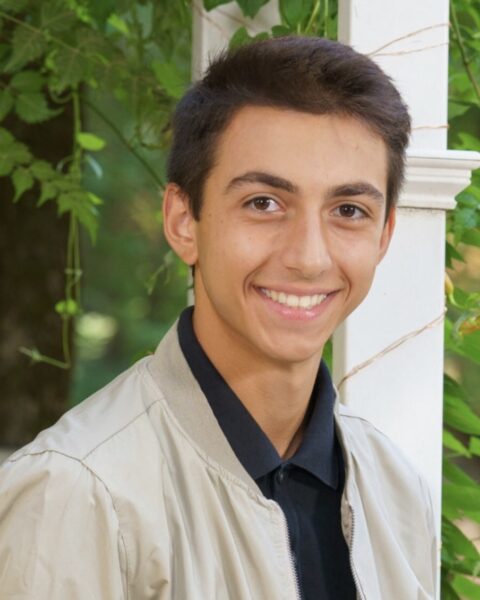 Perception Pipeline and Algorithm Development for a Quadrupedal Robot “Husky”
Perception Pipeline and Algorithm Development for a Quadrupedal Robot “Husky”
Awardee: Ruben Noroian COE’27
Mentor: Alireza Ramezani, COE, Electrical and Computer Engineering
Biomimicry, the practice of addressing human engineering challenges with solutions from nature, is a primary focus of Northeastern’s Silicon Synapse Lab. Husky one of the labs robots, aims to mimic the legged and aerial mobility of animals like birds. Referred to as multi-modal locomotion, this combination requires information from various sensors located on the robot. My project first aims to build a robust pipeline that efficiently transfers sensor data to the robots hardware for real-time processing. I will also assist in data processing by improving algorithms that provide instructions establishing Huskys mobility.
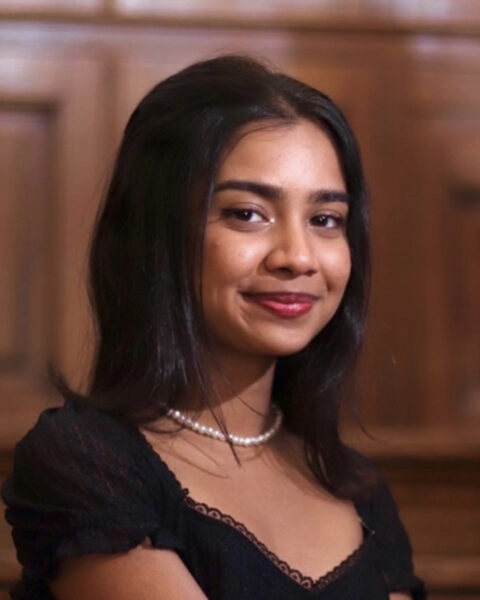 P300 and Emotional Facial Recognition in Early Course Psychosis
P300 and Emotional Facial Recognition in Early Course Psychosis
Awardee: Prachi Patel COS’26
Mentor: Jenn Ingemi, COS, Psychology
Psychosis spectrum disorder (PSD) encompasses serious mental illnesses that impair the way individuals perceive reality. Individuals with early course psychosis (ECP) exhibit reduced prosocial behaviors, that may stem from their inability to accurately detect others’ emotions. Past electrophysiology studies have revealed deficits in neural signatures related to how individuals with chronic PSD encode and process faces. This project aims to determine whether people with ECP have facial emotion recognition deficits and to identify electrophysiological markers that might explain these impairments.
 Cell-Specific Modulation of CREB for Enhancing Neuroregeneration in C. Elegans
Cell-Specific Modulation of CREB for Enhancing Neuroregeneration in C. Elegans
Awardee: Lynn Pham COS’27
Mentor: Samuel Chung, COE, Bioengineering
My project utilizes the roundworm C. elegans as a model organism to understand the pathways that underlie neuron regeneration, which will contribute to advancing therapies that stimulate spinal cord repair. I will investigate a specific regulatory gene as a potential modulator of CREB, a protein that mediates neuronal responses. To accomplish this, I will cross mutant worm strains, analyze genetic interactions using a fluorescent marker, and share my findings through a RISE presentation. Expected outcomes include gene expression data that will inform future research and insights into the upstream modulators and cell-specificity of CREB in C. elegans sensory neurons.
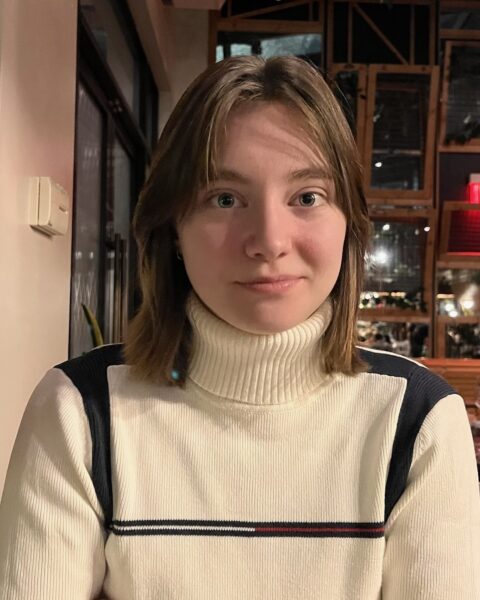 The Mechanochemistry Behind the Repair of Damaged Collagen Fibrils
The Mechanochemistry Behind the Repair of Damaged Collagen Fibrils
Awardee: Olivia Piccione COE’27
Mentor: Jeffrey Ruberti, COE, Bioengineering
Collagen is the main protein within tissues such as ligaments and tendons and it allows these tissues to carry out functions including movement, as well as provide support. However, once damaged, the fibrils take a long time to repair which leaves the affected area prone to reinjury, impacting patients’ long-term health. This project will focus on studying individual collagen fibrils to determine if supplying extra collagen molecules to damaged fibrils can help speed up the process of repair. The results will bring us closer to developing regenerative medicine, which will be presented at RISE.
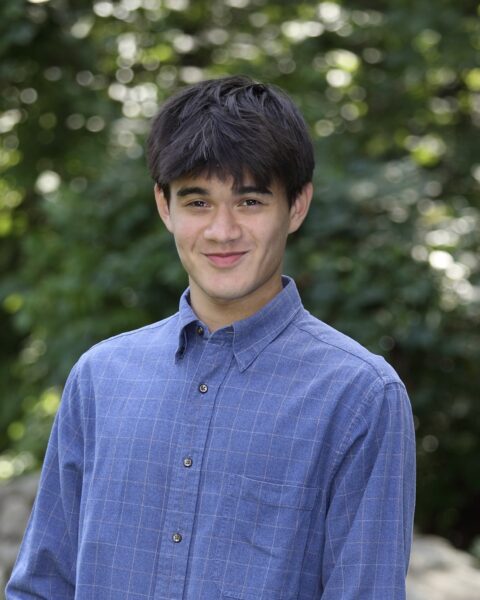 Determining the Role of the Substrate in the Electronic Structure of MnTe
Determining the Role of the Substrate in the Electronic Structure of MnTe
Awardee: Alexander Poulin Khoury’27
Mentor: Alberto De La Torre Duran, COS, Physics
My research delves into the properties of manganese-telluride (MnTe). This material is a suspected altermagnet, a material who has a net-zero magnetization yet throughout the sample will have electronic bands who resemble a standard ferromagnet but flip as you pass through. While MnTe has been measured (via ARPES) and indicate these properties, it has been measured after being grown on gallium-arsenide (GaAs). We propose to measure MnTe after it has been grown on SrF2. This will introduce changes into the ARPES response which we hope to uncover. I will be coding an application to assist in analyzing this data.
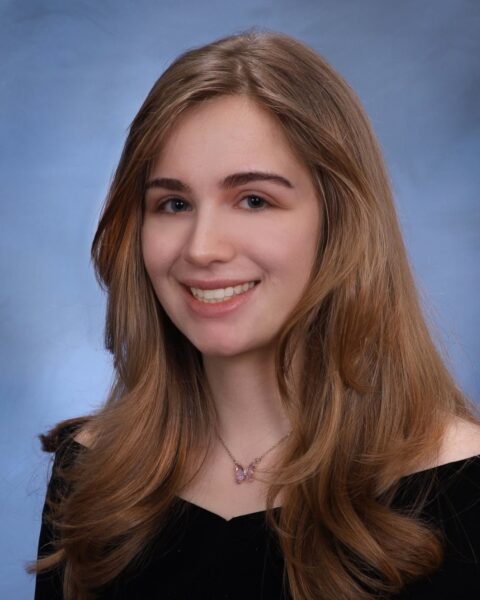 Project Husky
Project Husky
Awardee: Olivia Presser CAMD’27
Mentor: Bill Stout, CAMD, Art and Design
Olivia will research time saving processes within multi character projects. She will design an original pack of Husky characters with front, side, three quarter and gesture/action drawings, actable adjectives and a cool look that shows individuality within a pack. She will then model and rig one of the characters The original research examines using blendshapes to create multiple sculpts on a single rig in order to decrease the time spent on rigging multiple characters. The long term use of these characters is to make them available to games, animation classes, and VR classes within Northeastern University.
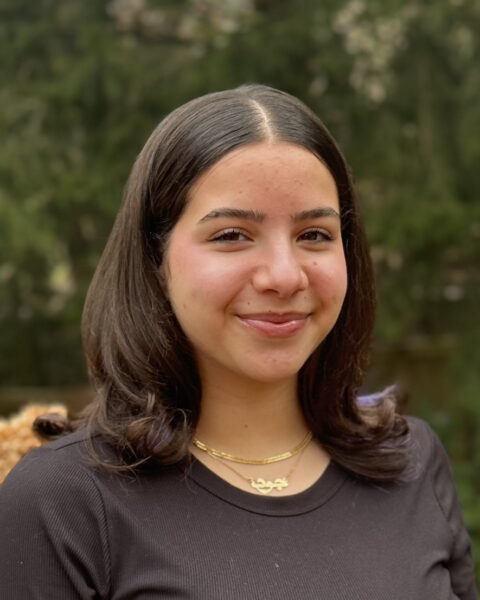 Judicial Training Program Survey Development and Management
Judicial Training Program Survey Development and Management
Awardee: Joud Rai COS’27
Mentor: Katherine Hazen, CSSH, Criminology & Criminal Justice
The Salus Populi project aims to educate the judiciary on Social Determinants of Health (SDOH) and the intersection between law and health equity, emphasizing how laws and judicial decisions affect individual and community health, (Tvrdy et al., 2024). The Evaluation team collects and analyzes data from participants in Judicial Education Programs to assess whether the training improves knowledge of SDOH and their relationship to the law. Using pre/post surveys allows for evaluation of each program’s impact, helping the evaluation team determine if training contributes to the project’s goal of positively influencing community health and health equity.
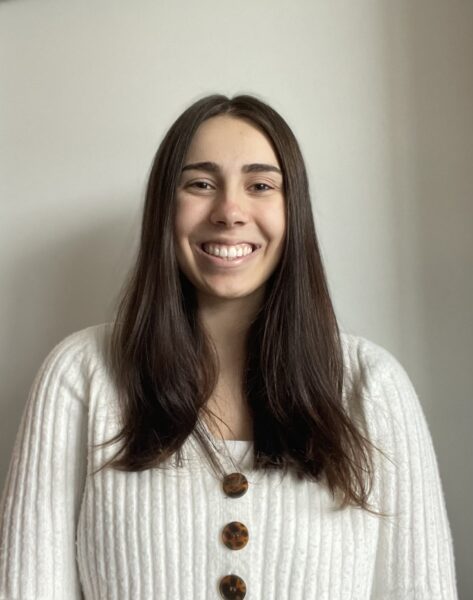 Fabrication of Protein-based Dielectric Elastomers
Fabrication of Protein-based Dielectric Elastomers
Awardee: Rebecca Britney Brogaard Salerno COS’26
Mentor: Neel Joshi, COS, Chemistry & Chemical Biology
My project intends to produce a protein-based dielectric elastomer, which is a useful elastic material that can exert electrical force to produce movement. This material can simulate and aid muscle action in the form of a wearable exoskeleton due to its elastic properties. It can also make up small electrical components, which can be stretched to endure more force without breaking. To make this material, I harvest a dielectric protein from E. coli bacteria and conjugate the protein to a silicon crosslinker, resulting in the dielectric elastomer. I plan to share my results at the annual RISE expo.
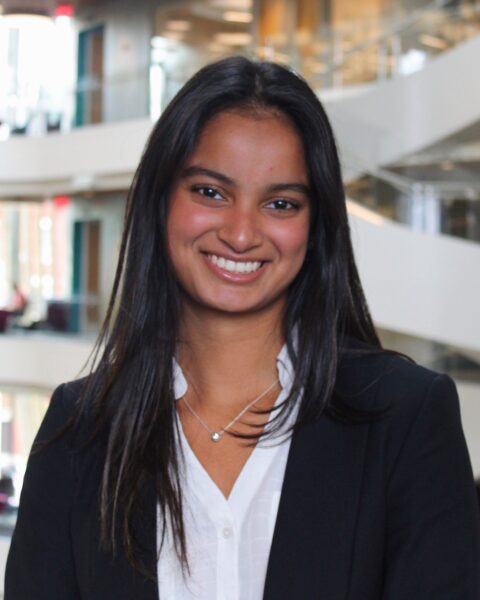 Multi-Domain Survey Study
Multi-Domain Survey Study
Awardee: Sia Shah Bouvé’26
Mentor: Jonathan Peelle, Bouvé, Psychology
This study investigates the associations between hearing ability and lifestyle factors including sleep, diet, sedentary behavior, physical activity, and quality of life. With a sample of up to 1,500 healthy adults, we will collect data on the previously mentioned variables through standardized questionnaires, analyzing the results for significant relationships. A better understanding of these relationships is necessary and will have implications for psychological and biological forms of preventive hearing care that result in improved lifestyle outcomes. The study’s findings will be shared through a comprehensive report, a scientific journal publication, and a presentation at RISE in Spring 2025.
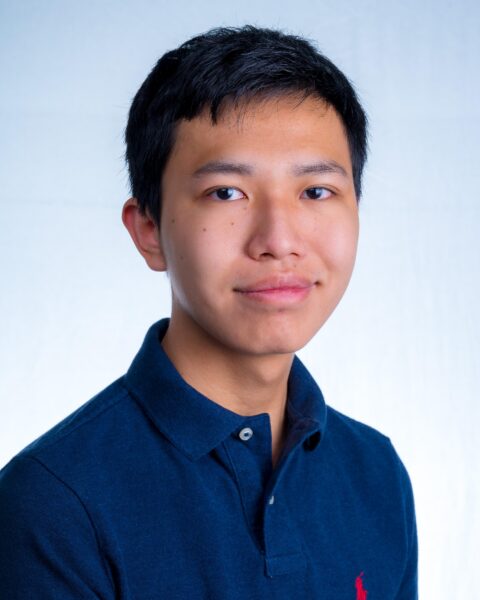 Physiology Based Pharmacokinetic Modeling for Antipsychotic Drugs
Physiology Based Pharmacokinetic Modeling for Antipsychotic Drugs
Awardee: Daniel Shen Bouvé’27
Mentor: Jie Shen, Bouvé, Pharmaceutical Science
My project focuses on developing a computer-generated Physiologically Based Pharmacokinetic (PBPK) model specifically designed for oral antipsychotic drugs. This model aims to accurately predict how these drugs are absorbed, distributed, metabolized, and excreted within the human body. By enhancing the accuracy of these predictions, the research will improve dosing precision, minimize the need for animal testing, and provide deeper insights into drug interactions and food effects. The models success will be assessed by comparing its predictions against real-world clinical data. Findings and the final model from this project will be shared through presentations at RISE and the AAPS PharmSci360 conference.
 Extracting the Binding Affinities Between MBL and Various Viral Glycans via Molecular Docking
Extracting the Binding Affinities Between MBL and Various Viral Glycans via Molecular Docking
Awardee: Amit Shenoy COE’26
Mentor: Mona Minkara, COE, Bioengineering
Airborne pathogens attack humans through the lungs, an area that can be better fortified. By examining these pathogens’ structures, and understanding how our immune system interacts with them, we can better recognize patients who might be at greater risk, see early signs of disease, and aid in therapeutic drug discovery. One immunoprotein, MBL, specializes in targeting pathogens like Influenza A and SARS-CoV-2 at the lung-body interface itself, preventing escalation of disease, and as its binding properties have not yet been characterized, this protein’s interactions with various viruses will be modeled and reported.
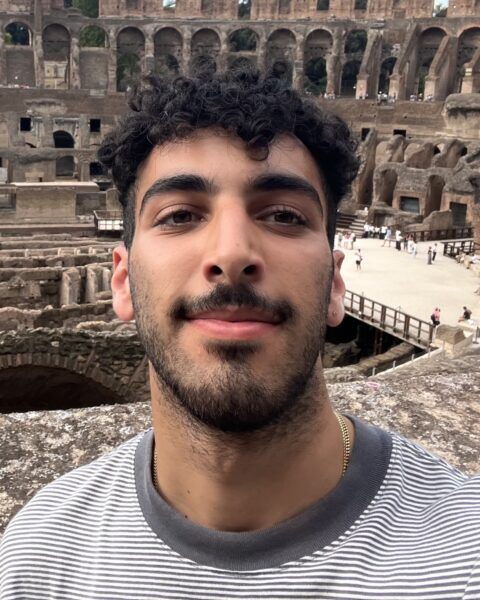 Early Childhood Mental Health Families Independence, Resilience, and Training (ECMH FIRST)
Early Childhood Mental Health Families Independence, Resilience, and Training (ECMH FIRST)
Awardee: John Signorile Bouvé’26
Mentor: Beth Molnar, Bouvé, Health Sciences
The goal of the ECMH FIRST program, implemented in Boston and led by the Boston Public Health Commission (BPHC), is to improve the mental health systems of care for young children and families involved within the state’s child welfare agency. This study evaluates the effectiveness and evolution of the ECMH FIRST program by conducting annual key informant interviews with leadership in the three participating agencies (BPHC, Children’s Services of Roxbury, and the Department of Children and Families). Annual thematic findings allow changes to be made to the program, ensuring its success in supporting young children’s social and emotional development.
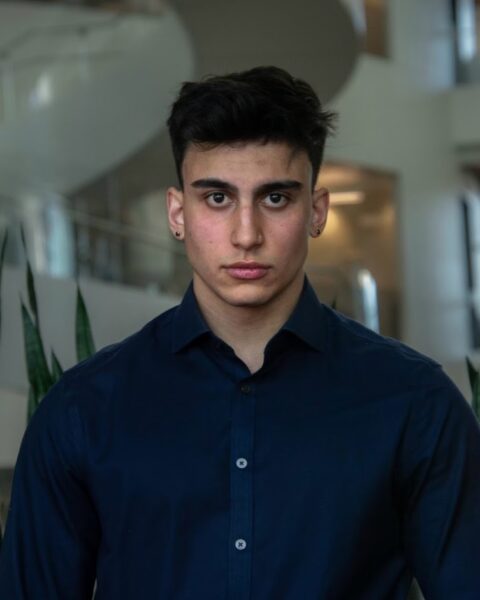 Mechanical Reprocessing of Dynamic Networks
Mechanical Reprocessing of Dynamic Networks
Awardee: Devan Singh COE’25
Mentor: Diego Alzate-Sanchez, COS, Chemistry & Chemical Biology
Due to their crosslinked nature, thermosets are chemically and mechanically robust and are therefore difficult to repurpose. The purpose of this project is to demonstrate that thermoset polymers can be recycled with mild and environmentally friendly methods. Such methods include cyclic mechanically induced strain on said polymers. Testing will be done to determine the best crosslinker to use such that the reactions that form the crosslinks of the polymer chains are reversible. This reversibility of the elastomer cross linkers will be tested using rheology to determine if the resultant material has desirable mechanical properties.
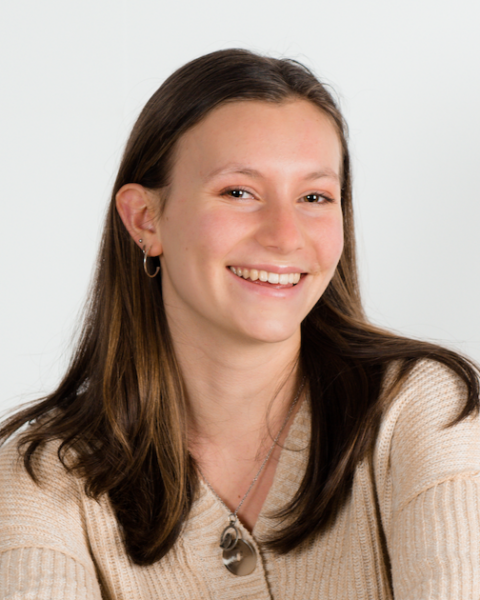 Wildfire-Driven Changes in Infiltration and Soil Moisture
Wildfire-Driven Changes in Infiltration and Soil Moisture
Awardee: Lee Smith COS’26
Mentor: James Dennedy-Frank, COE, Civil & Environmental Engineer
Climate change and human activities are increasing the frequency and damages of wildfires worldwide. My project aims to understand how wildfire alters landscape-scale infiltration and soil moisture, which are critical factors in floods, landslides, and water contamination. By analyzing soil moisture and precipitation estimates from satellites, I will identify changes in soil moisture patterns before and after wildfires. This work will develop a new technique for assessing wildfire impacts, aiding in post-fire recovery efforts. I plan to both share my findings at Northeastern events and publish them for the wider scientific community.
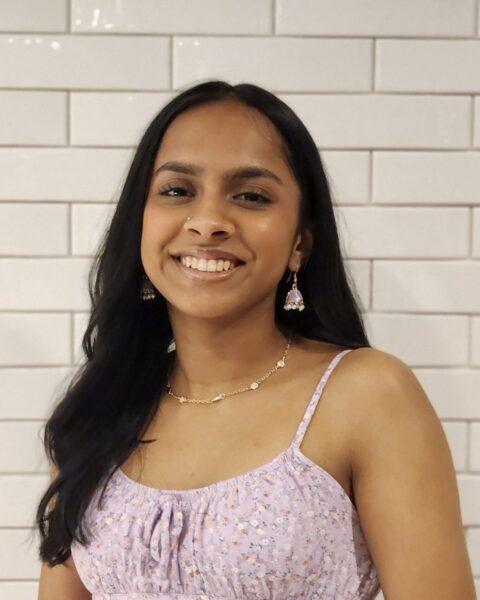 Advanced Transcription and Error Coding for Complex Aphasia Language Samples in Mainstream Dialects
Advanced Transcription and Error Coding for Complex Aphasia Language Samples in Mainstream Dialects
Awardee: Jahnavi Srikanth Bouvé’27
Mentor: Erin Meier, Bouvé, Communication Sciences & Disorders
This project aims to develop advanced coding techiniques using a transcription software and focusing on distinguishing between language deficits and differences in aphasia, a disorder affecting language post-stroke. Building on prior work, the project will master error coding and analyze complex language samples from individuals with mainstream dialects. Outcomes will enhance understanding of aphasia, with findings shared through presentations and future research contributions. The project will be guided by experienced mentors and use resources from the Aphasia Network Lab to achieve accurate and insightful results.
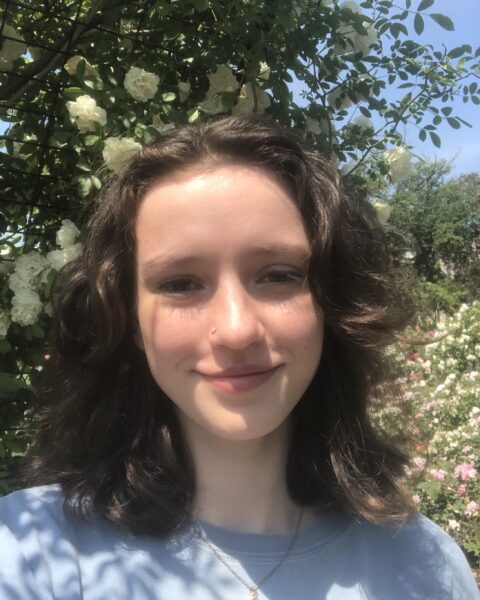 RIZE MA HaRT Scholars Program Evaluation
RIZE MA HaRT Scholars Program Evaluation
Awardee: Eleanor Steele COS’25
Mentor: Lori Gardinier, CSSH, Human Services
This project evaluates RIZE Massachusetts’ Harm Reduction Training Program (HaRT), which is designed to educate Masters of Social Work students in the field of harm reduction and to increase the number of BIPOC social workers in the field of substance use. Through qualitative data collection, this project will determine whether the HaRT program meets its original goals, suggest potential improvements, and determine if there is a viable path for replication of the program on a larger scale.
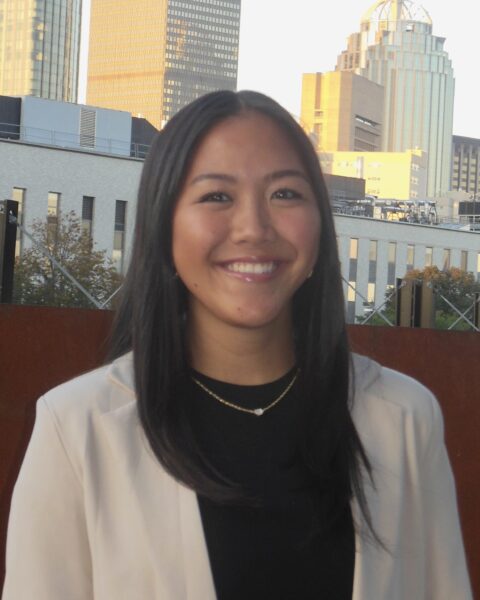 Adaptive Sport Involvement by Adults with Disabilities: Experiences, Fitness, and Health Outcomes
Adaptive Sport Involvement by Adults with Disabilities: Experiences, Fitness, and Health Outcomes
Awardee: Chloe Strawn Bouvé’26
Mentor: Lorna Hayward, Bouvé, Physical Therapy, Movement, and Rehabilitation Science
This study investigates the health impact of inclusive adaptive sports for power wheelchair users, bridging a gap in both research and adaptive sports. Proposing global guidelines and analyzing heart rate and maximal oxygen consumption data, this project promotes inclusivity and healthy lifestyles for individuals with disabilities. Utilizing a mixed-methods design, including surveys and global qualitative interviews, and collaborating with exercise science experts for data collection, the study anticipates offering insights, guidelines, and heightened awareness. The goal is to enhance inclusivity in adaptive sports for people who use power wheelchairs, contributing to a healthier and more accessible landscape.
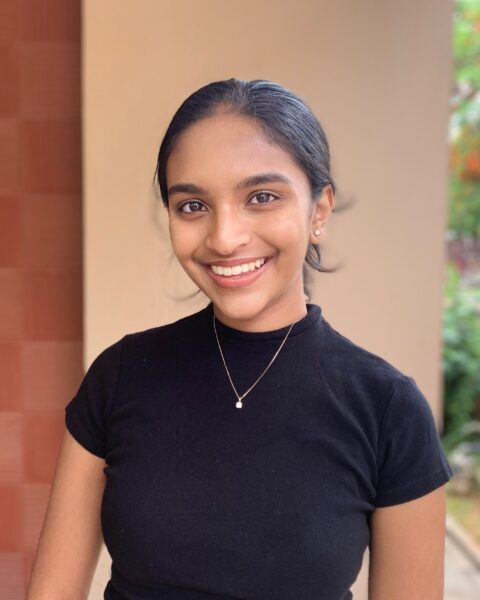 Effect of Contraction Speed on Control of Single Motor Units
Effect of Contraction Speed on Control of Single Motor Units
Awardee: Aditi Swamy COS’27
Mentor: Mathew Yarossi, Bouvé, Physical Therapy, Movement, and Rehabilitation Science
The motor unit, a motor neuron and its muscle fibers, is the fundamental structure of muscle contraction. Complications of the motor unit are involved in various movement related neurological conditions; therefore, relevant studies have clinical applications in early detection technology. This project aims to characterize spike frequency of the motor unit as a function of time, to determine whether motor units are flexibly controlled. We can quantify the firing rates of paired motor units and test assumptions of rigid control using high-density surface electromyography (HD-sEMG) recordings. I plan to present the results at Northeastern’s RISE conference in Spring 2025.
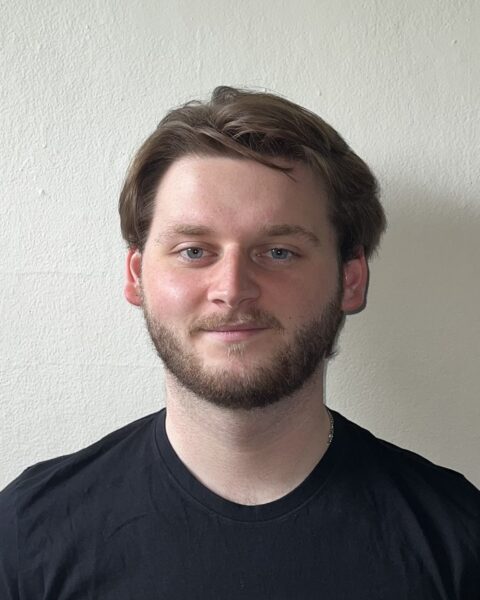 Design and Construction of a New Cooling Stage for C. elegans Immobilization
Design and Construction of a New Cooling Stage for C. elegans Immobilization
Awardee: Wesley Sydnor COS’27
Mentor: Samuel Chung, COE, Bioengineering
The NeuroLab employs laser surgery to study neuroregeneration, using imaging techniques to monitor neuron regrowth. One goal is long-term, repeated neuron imaging, but current immobilization methods cause animal injury and death. Cooling offers a simpler, safer alternative. This project focuses on improving a previous cooling stage design to reduce vibration, speed up temperature changes, and simplify replication. I will design in SOLIDWORKS and construct the new stage in an iterative process. I will present results at RISE 2025 and the Northeastern-Area Worm Meeting.
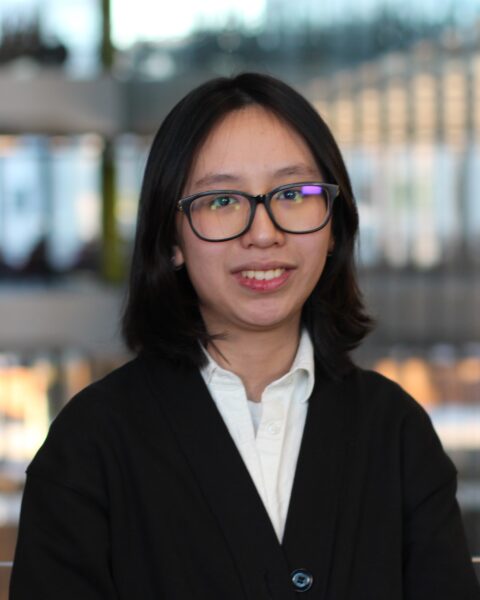 Synthesis of Imine Boronic Ester and Their Impact on Polymer Ligation for the Construction of Block
Synthesis of Imine Boronic Ester and Their Impact on Polymer Ligation for the Construction of Block
Awardee: Nhi Tran COS’25
Mentor: Diego Alzate-Sanchez, COS, Chemistry & Chemical Biology
Single-use plastics are deeply integrated into daily life, causing immense environmental damage due to improper disposal. Plastics are made with a harmful linear economy mindset, and new technologies are needed to transition plastics into the circular economy. My project aims to use the functionalities of imine boronic ester (IBE) for polymer ligation. During the project, I will use the best conditions for synthesizing and hydrolyzing IBE. The synthesis of IBE is expected to be reversible, potentially opening up a new way for degradable polymers. The results and processes from this project are planned to be presented at the RISE conference.
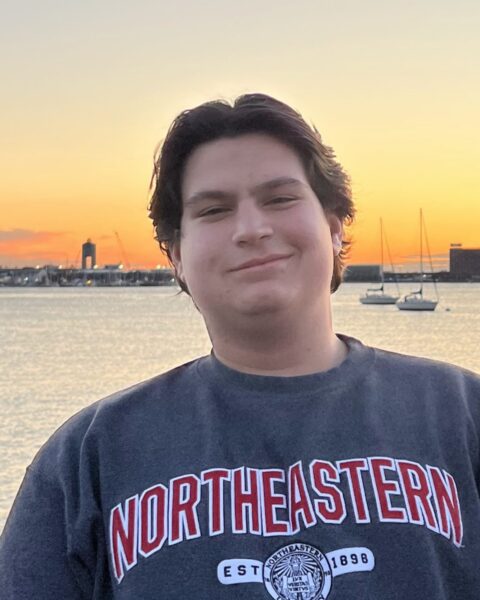 Exploring Molecular Magnetism through Floquet Engineering
Exploring Molecular Magnetism through Floquet Engineering
Awardee: Tyler Westerberg Khoury’26
Mentor: Alberto De La Torre Duran, COS, Physics
This project uses computer simulations to examine the use of individual molecules and their spins, as opposed to transistors, to represent bits in computers. Individual molecules are much smaller than transistors, allowing for a huge increase in processor density. Additionally, this project simulates the use of Floquet engineering, which uses light pulses instead of electrical pulses to control molecular spin-states. Light pulses can control molecules a lot faster than electrical pulses can as they operate at a much faster speed. The final goal of this project is to have enough data to experiment with real samples in the DeLTA lab.
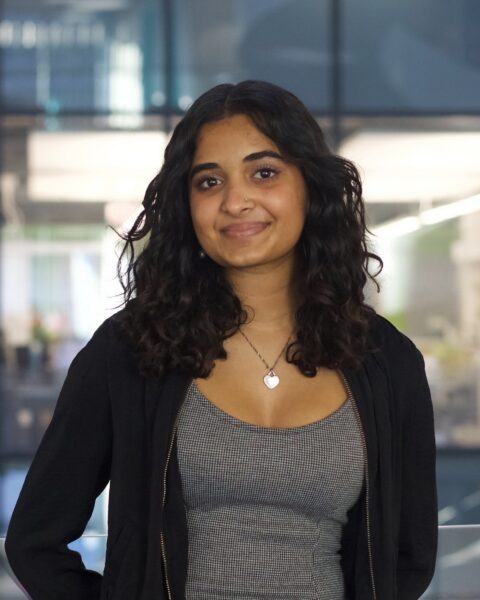 Synuclein-Based Isolation of Pathological Human Neurons for Single Cell Analysis
Synuclein-Based Isolation of Pathological Human Neurons for Single Cell Analysis
Awardee: Samadhi Wijethunga COS’25
Mentor: Dami Ko, Bouvé, Nursing
My project aims to develop a reliable method for isolating single neurons affected by synuclein pathology, which is linked to neurodegenerative diseases like Parkinsons and Dementia with Lewy Bodies. By separating and analyzing these diseased cells, we can better understand the genetic mutations driving neurodegeneration. The research will involve advanced techniques like fluorescence-activated cell sorting and immunofluorescence microscopy. Anticipated outcomes include identifying distinct synuclein-positive neuronal populations, with results shared at RISE and Brigham and Womens Hospital Neuroscience Day.
SUMMIT AWARDEES
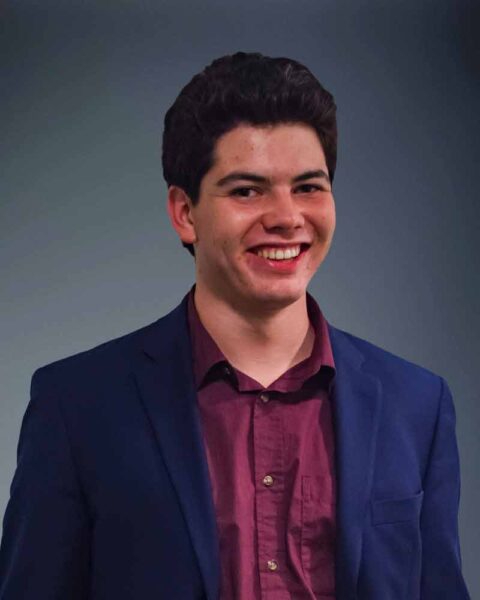 Engineering E. Coli Nissle 1917 for Bioadsorption of Common Nanoplastics: A Novel Approach for Remov
Engineering E. Coli Nissle 1917 for Bioadsorption of Common Nanoplastics: A Novel Approach for Remov
Awardee: Ezri Abraham COS’25
Mentor: Neel Joshi, COS, Chemistry & Chemical Biology
Micro- and nanoplastics are prevalent in most food and drink and an increasing amount of science has revealed their harmful effects across the body when ingested, including in the gut, heart, and even our DNA. To solve this, I aim to genetically engineer a novel strain of probiotic bacteria to attach to these plastics and remove them from the gut microbiome. In the Joshi Lab, I plan to screen protein-based plastic binders in order to select an optimal candidate for a pill that could help humans survive in a plastic-filled world. Results will be presented at a national microbiology conference.
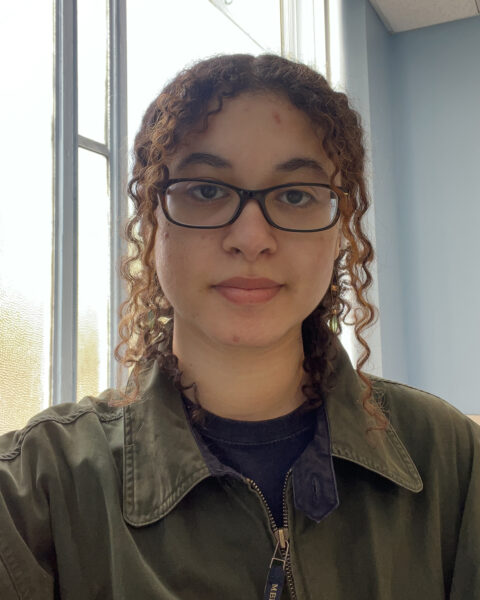 Establishing an Assay for Quantitative Analysis of Locomotor Behavior in Apteronotus Leptorhynchus
Establishing an Assay for Quantitative Analysis of Locomotor Behavior in Apteronotus Leptorhynchus
Awardee: Mariam Ahmed COS’26
Mentor: Gunther Zupanc, COS, Biology
Due to the persistent need for strategies to aid in the exploration of novel anesthetic agents with improved safety and specificity, this project aims to validate a proposed an in vivo Neuro-Behavioral Assay in the weakly electric fish, Apteronotus leptorhynchus. This mechanism-independent screening approach uses electrodes to evaluate the gradual reduction and subsequent recovery of locomotor activity during induction and recovery from anesthesia, based on the fish’s electric organ discharge. Simultaneously, the neural effects of the given anesthetic on multiple central nervous system functions are measured. Results will be shared at RISE and through publication.
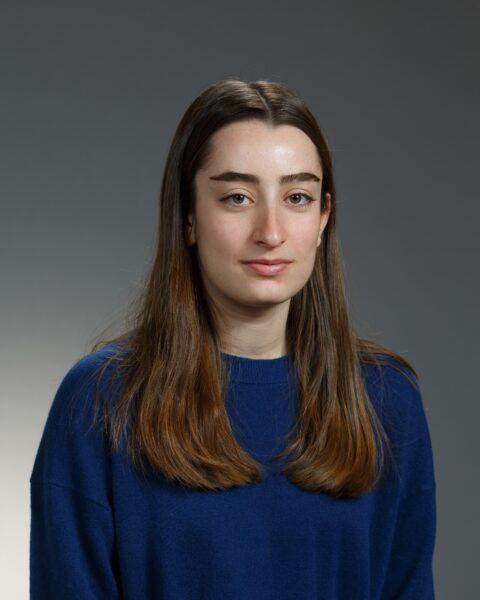 Effect of Population Genetic Structure on Hatchery-Raised Oyster Larvae
Effect of Population Genetic Structure on Hatchery-Raised Oyster Larvae
Awardee: Kiran Bajaj COS’24
Mentor: Kathleen (Katie) Lotterhos, COS, Marine & Environment Sciences
Eastern oysters adapt to environmental conditions across their range, however the mechanisms and patterns of this local adaptation are not well understood. Using samples from across the entire East coast, I will compare the phenotypic traits of oyster larvae populations to the genetic traits of their parents to understand how population-level differences persist or change, especially in aquaculture. In addition to RISE, I hope to share the results of this project at the Evolution conference and through a manuscript.
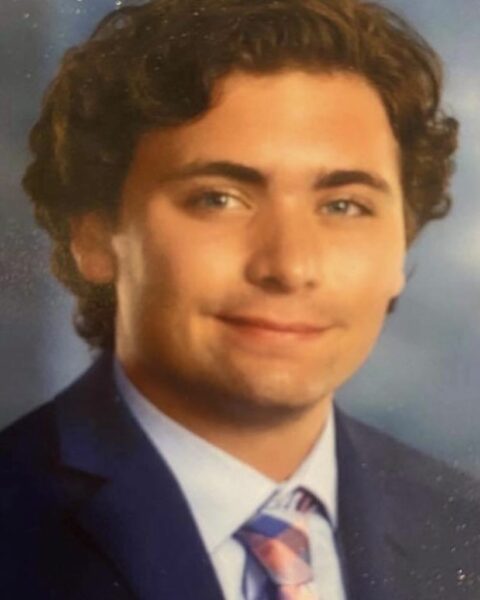
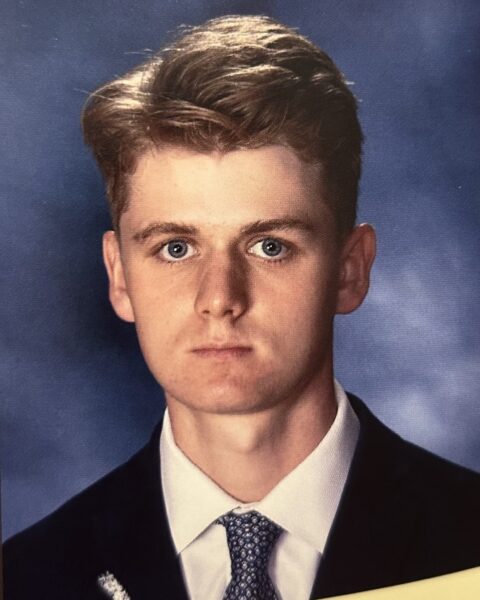 Water-Oil Interface Drop Coalescence
Water-Oil Interface Drop Coalescence
Awardee: James Belanger COE’25, Winston Prescott COE’26
Mentor: Xiaoyu Tang, COE, Mechanical & Industrial Engineering
The coalescence of fluid droplets is a phenomena with important implications in manufacturing, food processing, fuel-water separation, and more. Developing our collective understanding of drop coalescence will allow these industries to innovate for further efficiency. Although there have been numerous studies on the topic, there is a gap in information regarding single drop coalescence at an interface of immiscible liquids. We set our goal to detail this gap in information to collect a robust data set which would describe the effect of droplet impact velocity on coalescence efficiency, allowing us to draw and publish conclusions about the coalescence event.
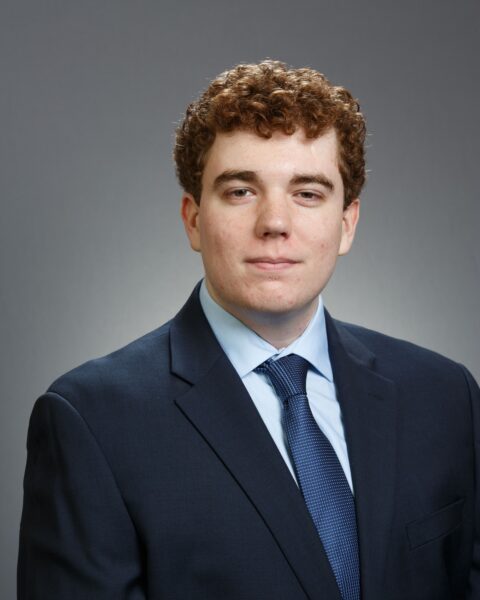 Crystals, Clusters, and the Cactus Group
Crystals, Clusters, and the Cactus Group
Awardee: Devin Brown COS’25
Mentor: Iva Halacheva, COS, Mathematics
The project aims to study the symmetries of Kashiwara crystals which can be visualized as directed graphs with colored edges arising from the representation theory of quantum groups. They have many applications in mathematics, statistical mechanics and particle physics. I plan on proving that the action of the cactus group on a certain class of crystals in type D is generated by one and two element subsets of the Dynkin diagram. The project results will be presented at RISE and the Formal Power Series and Algebraic Combinatorics (FPSAC) conference and submitted for publication in an academic journal.
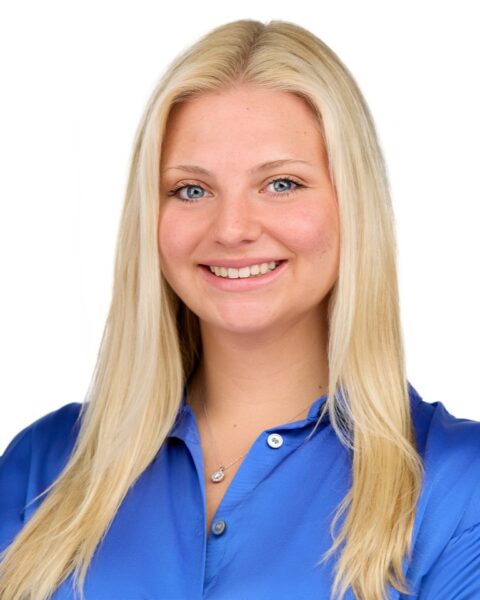 Low-Cost Neonates Pulse-Oximeters to Address Chronic Medical Device Shortages in Ghana
Low-Cost Neonates Pulse-Oximeters to Address Chronic Medical Device Shortages in Ghana
Awardee: Megan Burke COE’25
Mentor: Joshua Hertz, COE, Mechanical & Industrial Engineering
Ghana faces chronic medical device shortages, largely due to the unsustainable importation of equipment that fails to meet local needs. This project aims to develop low-cost sustainable neonatal pulse oximeters tailored to the needs and resources of Kyebi Governmental Hospital. The devices will utilize locally sourced materials and foster collaboration with Ghanian Universities, creating solutions that are both sustainable and repairable within Ghana. This will improve the immediate neonatal care at Kyebi and provide a scalable model for addressing similar needs in Ghana and other countries, demonstrating how locally tailored, sustainable innovation can effectively improve healthcare delivery globally.
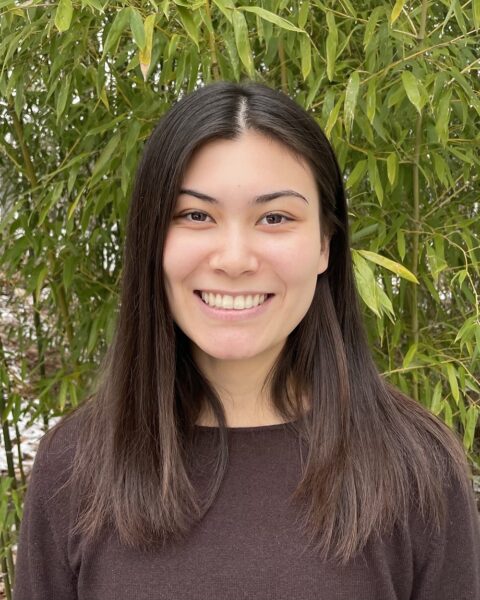 Nonstick Nuisance: Medical Monitoring for PFAS
Nonstick Nuisance: Medical Monitoring for PFAS
Awardee: Alana Caluwe Bouvé’25
Mentor: Phil Brown, CSSH, Sociology and Anthropology
This project aims to educate healthcare professionals on the environmental health topic of Per- and polyfluoroalkyl substances (PFAS) through a one-hour Continuing Medical Education (CME) course. Our course “Nonstick Nuisance: Medical Monitoring for PFAS” was created by public health researchers, clinicians, and community members. Once watched, healthcare professionals will have the option to participate in an interview with me. We anticipate conducting between 20-40 interviews. Once conducted, we will analyze the results and draw conclusions about the feelings and knowledge towards PFAS within the healthcare community. We will share our work in a peer reviewed journal and at RISE.
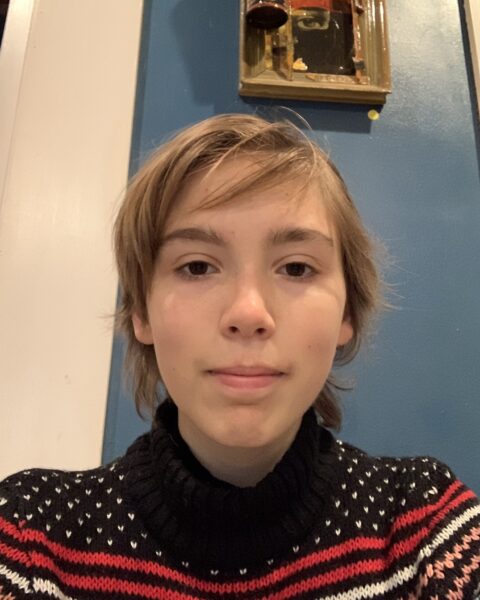 New Heterobimetallic Compounds for Treatment of Chagas Disease
New Heterobimetallic Compounds for Treatment of Chagas Disease
Awardee: Hannah Carlisle COS’25
Mentor: Rein Kirss, COS, Chemistry & Chemical Biology
Chagas disease, a potentially lethal infection widespread in Latin America, is caused by the protozoan parasite T. Cruzi . While the drugs nifurtimox and benznidazole are available as treatments to Chagas disease, these standards of care decrease in efficacy as the disease progresses. Research into heterobimetallic complexes of iron and platinum or palladium has yielded three structural families with antiparasitic activity against T. Cruzi . This project seeks to enhance the antiparasitic properties of these complexes by making their iron centers more reactive within cells. Any advances made in the treatment of Chagas disease will be published and presented to peers.
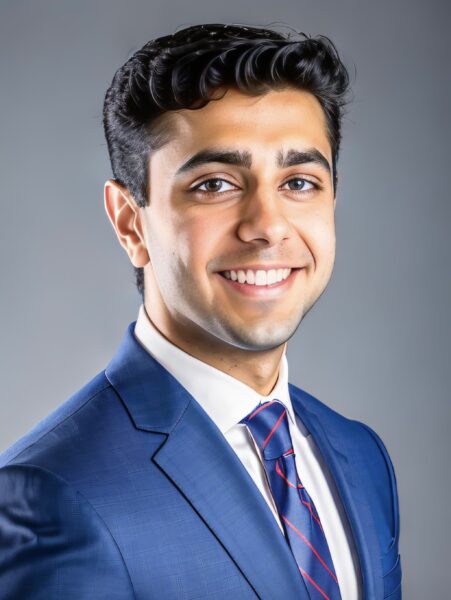 Building an LLM-Driven Chatbot to Support and Empower Transgender Individuals Facing IPV
Building an LLM-Driven Chatbot to Support and Empower Transgender Individuals Facing IPV
Awardee: Rohan Chopra Khoury’26
Mentor: Winston Kennedy, Bouvé, Physical Therapy, Movement, and Rehabilitation Science
Building on the findings of our first phase, which revealed significant disparities in injury patterns among transgender individuals, this project aims to develop the Empower Chatbot, an innovative LLM-driven platform designed to support transgender individuals experiencing intimate partner violence (IPV). By utilizing advanced natural language processing and machine learning techniques, the chatbot will provide a safe, anonymous space for users to access resources, develop personalized safety plans, and receive psycho-educational support. This research seeks to address critical gaps in IPV reporting and care, ultimately contributing to improved health outcomes and greater equity in healthcare for the transgender community.
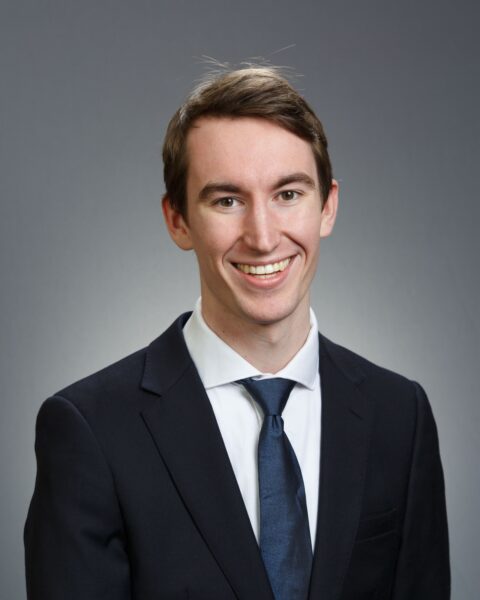 Manipulating Viscous Fingering Pattern Formation in Gel-Producing Fluids
Manipulating Viscous Fingering Pattern Formation in Gel-Producing Fluids
Awardee: Matthew Coughlin COE’25
Mentor: Xiaoyu Tang, COE, Mechanical & Industrial Engineering
The displacement of a more viscous fluid by a less viscous fluid in a confided geometry produces an unstable interface. Manipulating the instability is desirable in contexts including environmental remediation and oil recovery. Little attention has been paid how the formation of a gel at the fluid interface modifies pattern formation. We propose a new study in a Hele-Shaw cell involving the simultaneous displacement and cross-linking of sodium alginate by a calcium solution. The results are anticipated to illuminate the underlying physics of pattern formation and identify methods to control interface instability. They will be shared at conferences including RISE.
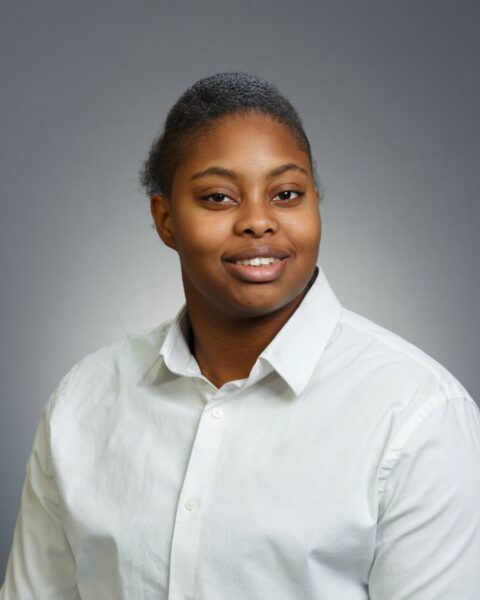 Detecting Chromosomal Inversion Breakpoints in Atlantic Cod (Gadus morhua)
Detecting Chromosomal Inversion Breakpoints in Atlantic Cod (Gadus morhua)
Awardee: Leila Curtis COS’26
Mentor: Katie Lotterhos, COS, Marine & Environment Sciences
Chromosomal inversions are regions of interest to investigate and understand major evolutionary processes such as local adaptation. Some species, such as the Atlantic cod (Gadus morhua), contain multiple large inversions which represent a considerable portion of the genome, however, most inversions are small and may overlap with other inversions. Limited research has been done to identify overlapping inversions or investigate factors behind the establishment of small inversions. This study aims to identify all chromosomal inversions present in the Atlantic cod genome to identify breakpoints of overlapping inversions and test whether large inversions affect the presence of small inversions.
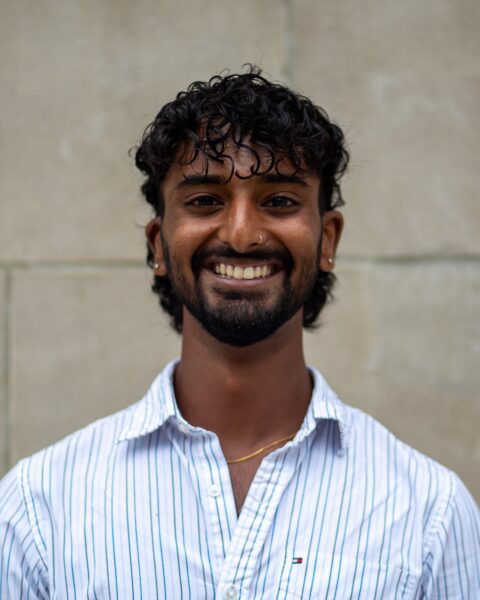 Enhancing Macrophage Polarization through Biomaterial-Supplied Oxygenation
Enhancing Macrophage Polarization through Biomaterial-Supplied Oxygenation
Awardee: Suveer Ganta COE’24
Mentor: Stephen Hatfield, Bouvé, Pharmaceutical Science
This project explores a new way to boost the body’s immune response against cancer. Tumors create low-oxygen environments that weaken immune cells, particularly macrophages, which are crucial for attacking cancer. We are testing an oxygen-releasing material that could help these cells regain their strength and better fight cancer. If successful, this approach could lead to more effective cancer treatments. Results will be shared at the Northeastern RISE conference and through academic publications.
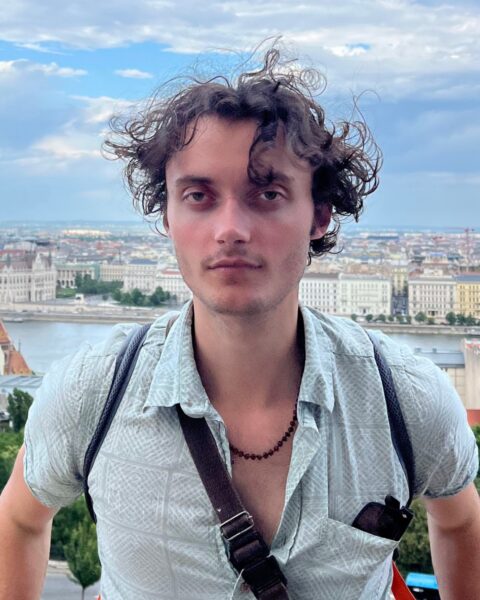 Echoes of Disaster: Learning from Stories of Pain, Trauma, and Survival
Echoes of Disaster: Learning from Stories of Pain, Trauma, and Survival
Awardee: Griffin Gould CSSH’25
Mentor: Daniel Aldrich, CSSH, Political Science
This project explores the emotional and expressive landscape of first hand stories from survivors of disasters across the world. This humanic research uses cutting edge AI text heuristics to process huge amounts of text from numerous cultures, distilling easily communicable patterns in stories of survival as well as building an understanding of cultural differences in the narration of traumatic events. The proposed research seeks to expand from five already examined disasters to around twenty, creating a richer data set and more comprehensive understanding of disaster survival. With the goal of publication, findings will be presented at this Spring’s RISE event.
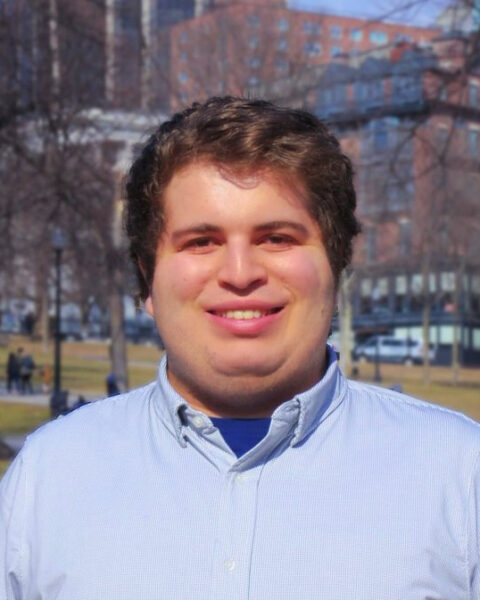 Wetlands and Nutrient Pollution in the Charles River Watershed
Wetlands and Nutrient Pollution in the Charles River Watershed
Awardee: Jeremy Green COS’25
Mentor: Benjamin Dittbrenner, COS, Marine & Environment Sciences
This project explores the relationship between stormwater-derived nutrient pollution and wetlands in the Charles River Watershed. Eutrophication caused by excess phosphorus in stormwater runoff is a major concern in the watershed, and while wetlands can mitigate these impacts, they can also be negatively affected. Analysis of watershed-scale historical water quality and wetland change dynamics, supplemented by smaller-scale field data, can reveal opportunities for future research and policy. I will summarize these findings and hope to share them with relevant stakeholders by publishing in a peer-reviewed journal or presenting at a conference or exhibition.
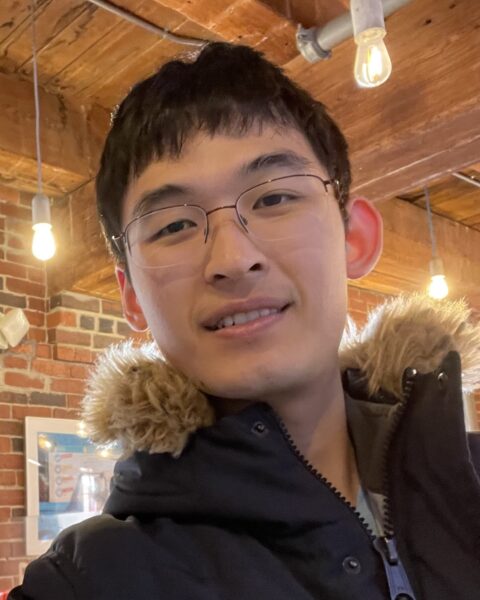 Modern Inverse Rendering of Indoor Scenes
Modern Inverse Rendering of Indoor Scenes
Awardee: Joseph Gu Khoury’25
Mentor: Huaizu Jiang, Khoury, Computer Science
Indoor inverse rendering seeks to use 2D photos of indoor scenes to infer 3D representations complete with geometry, optical properties (material), and lighting. Such 3D representations would be useful for use in games or movies, or for on-the-fly scene modification in AR. We will attempt to improve on the accuracy of existing methods through modern ideas such as incorporation of diffusion models trained on vast amounts of data or robust handling of measurement noise. The findings will be presented at RISE and will be submitted to top computer vision conferences with code release.
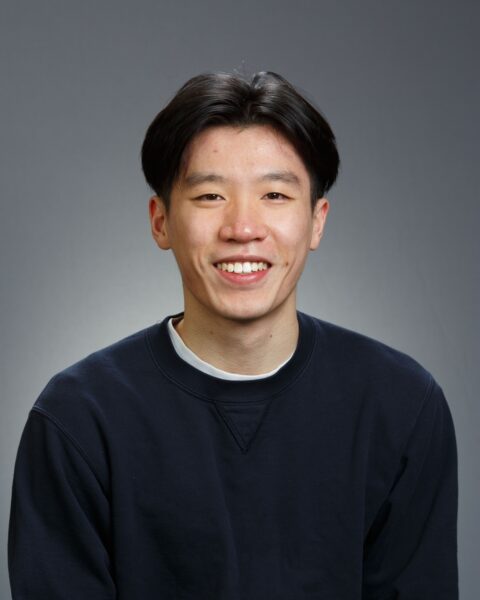 Predicting and Scoring Antibody-Antigen Interactions Using Deep-Learning Techniques
Predicting and Scoring Antibody-Antigen Interactions Using Deep-Learning Techniques
Awardee: Maxwell He Khoury’25
Mentor: Srirupa Chakraborty, COE, Chemical Engineering
Antibodies are Y-shaped glycoproteins that are crucial in initiating and propagating the body’s defense against pathogens. Antibody-antigen (Ab-Ag) interactions are a subclass of protein-protein interactions that are notable for being flexible and having unique structures that generate strong specificity and binding affinity. These features make them difficult yet attractive targets of study for biomedical applications. We use deep-learning techniques, specifically graph neural networks (GNNs) and transfer learning to predict and score such interactions. Developing accurate Ab-Ag analysis methods has the potential to overcome the current limitations of machine-learning-based flexible docking and to advance protein engineering and antibody therapeutics.
 Equivariant Generative Modeling of Catalyst Slab Structures
Equivariant Generative Modeling of Catalyst Slab Structures
Awardee: Circe Hsu COS’25
Mentor: Robin Walters, Khoury, Computer Science
Catalysts are a class of material with critical applications in electronics. Optimizing the properties of these materials is vital to increase the efficiency and lower the cost of production, yet the number of possible material configurations makes manual or naive search infeasible. We leverage generative AI methods to efficiently produce catalysts with ideal electronic properties, and utilize symmetry-informed property prediction models to automatically evaluate generated materials.
 Encapsulating Indocyanine Green Dye (ICG) using Lipid Nanoparticles (LNPs)
Encapsulating Indocyanine Green Dye (ICG) using Lipid Nanoparticles (LNPs)
Awardee: Rupsa Jana COS’25
Mentor: Allison Dennis, COE, Chemical Engineering
Indocyanine Green (ICG), a small fluorescent molecule, aids in disease diagnosis by imaging deep tissue with precision. Encapsulating ICGs into lipid nanoparticles (LNPs) increases their biocompatibility and enables them to track the targeted delivery of nanoparticle-based drugs for disease treatment if co-encapsulated together. I will optimize ICG encapsulation into LNPs previously designed for cancer drug delivery using novel microfluidics and characterize them using DLS/Zeta and fluorescence spectroscopy. I will image ICG-LNPs in vivo in murine vasculature to examine their imaging efficacy. ICG-LNP characterization and imaging data will be presented at translational medicine conferences such as the New England Science Symposium.
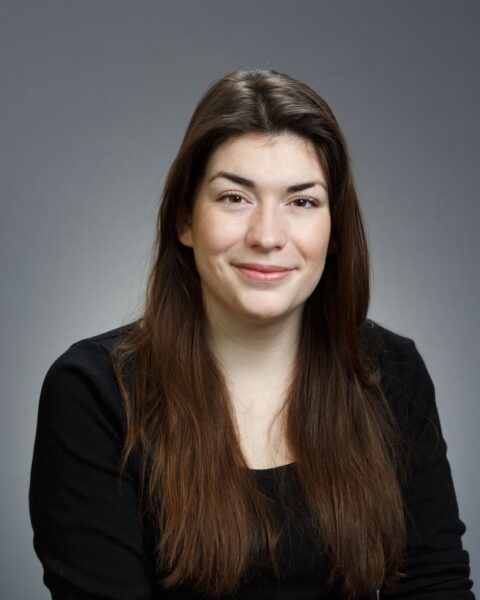 Optimizing the Production of Vinblastine and Vincristine from the Plant Catharanthus roseus
Optimizing the Production of Vinblastine and Vincristine from the Plant Catharanthus roseus
Awardee: Molly Johnson COE’25
Mentor: Carolyn Lee-Parsons, COE, Chemical Engineering
The anti-cancer drugs vinblastine and vincristine are naturally produced within the leaves of the medicinal plant Catharanthus roseus. The production of these drugs through chemical synthesis or extraction from leaves is challenging due to their complex structure and low natural abundance, which limits their availability for patients. This research aims to develop an optimized protocol for the processing and extraction of vinblastine and vincristine from C. roseus leaves to increase the production and availability of the anti-cancer drugs for chemotherapy use.
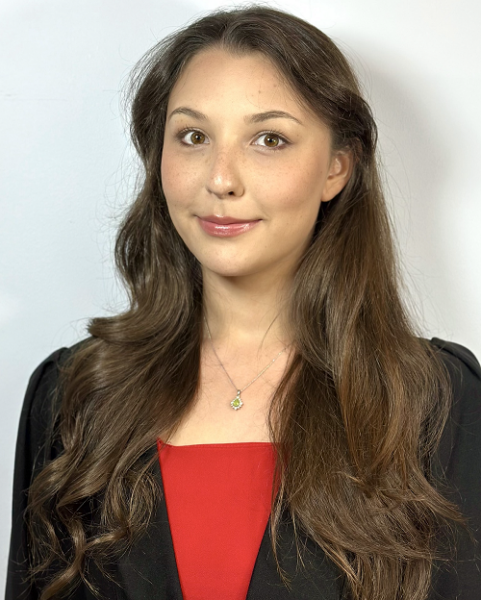 Targeted Nanobody Therapeutics for Pyrin Inflammasome Autoinflammatory Diseases
Targeted Nanobody Therapeutics for Pyrin Inflammasome Autoinflammatory Diseases
Awardee: Audrey Lessing Bouvé’26
Mentor: Dessy Raytcheva, COS, Biology
The pyrin inflammasome is an intracellular supramolecule that regulates signaling complexes and cell death. Malfunctions in the inflammasome result in diseases such as familial Mediterranean fever and PAPA syndrome. Despite its importance, pyrin is the least understood member of the death domain family, with many details about its role in inflammation and pyroptosis still unclear. This project focuses on developing a nanobody-based drug to inhibit inflammation for patients suffering from autoinflammatory diseases. The results found will be submitted to a peer-reviewed journal for publication.
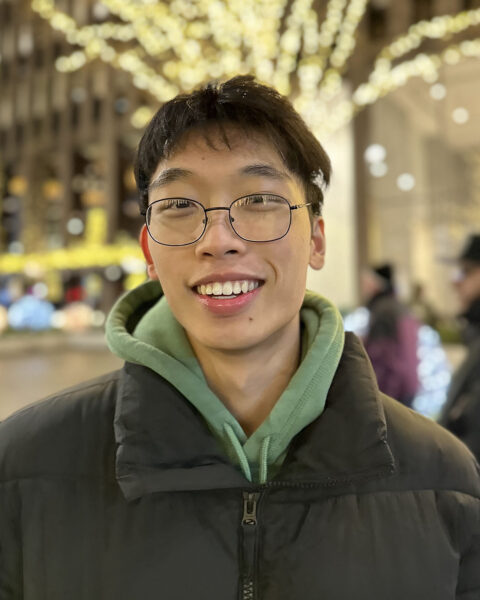 Brain Activity During Visually Induced Motion Sickness in Virtual Reality
Brain Activity During Visually Induced Motion Sickness in Virtual Reality
Awardee: Brady Li Khoury’27
Mentor: Wallace Lages, CAMD, Art and Design
One of the primary barriers to the widespread adoption of virtual reality (VR) is cybersickness, a form of motion sickness leading to discomfort. There is a need for more standardized and objective measurements for cybersickness. Using an electroencephalogram (EEG), we can select the most promising brain areas and waves for cybersickness identification and, later, learn about the evolution of the symptoms and how they differ between adults and children. Aligning with existing literature, we expect heightened brain activity when experiencing intense virtual movements while on a VR roller coaster. We hope to share the findings in RISE 2025 and publications.
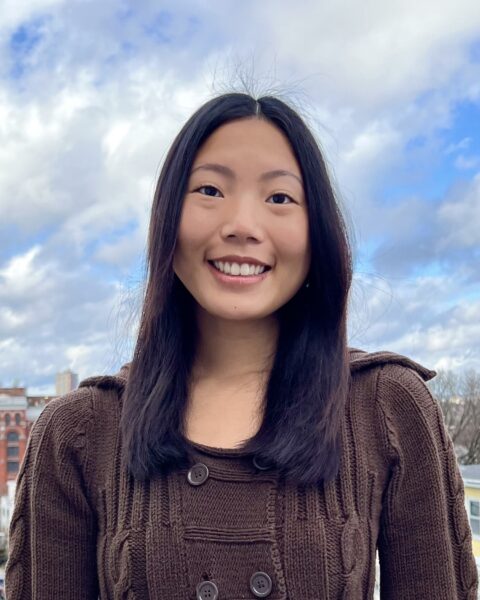

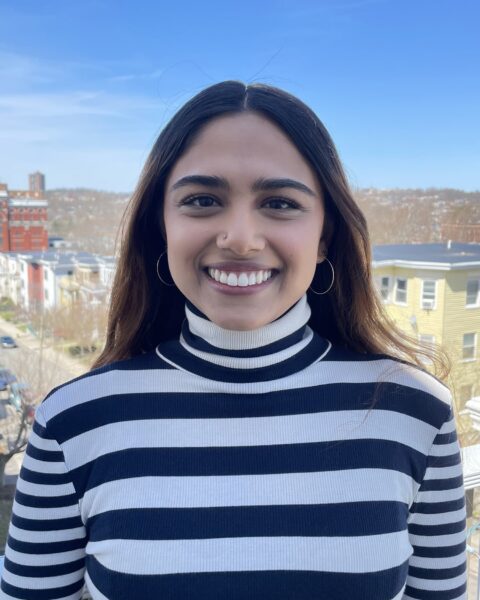 Bridging Gaps: A Low-Cost EHR System to Alleviate Manual Healthcare Record-keeping in Rural Ghana
Bridging Gaps: A Low-Cost EHR System to Alleviate Manual Healthcare Record-keeping in Rural Ghana
Awardee: Stephanie Liu COE’26, Talia Rose Bluestein Bouve’26, Bharthi Mohan COS’27
Mentor: Joshua Hertz, COE, Mechanical & Industrial Engineering
Our project aims to improve healthcare accessibility in rural Ghana by designing and implementing a low-cost electronic health record (EHR) system for Akyem Dwenase Health Centre. By streamlining patient information management, the system will enhance care quality and expand access. Collaborating with local partners, we will customize the EHR system using accessible materials and train healthcare personnel for sustainable use. The project will culminate in the system’s delivery in March 2025, with results shared through presentations to partner organizations and Northeastern University, ensuring long-term impact on global health initiatives.
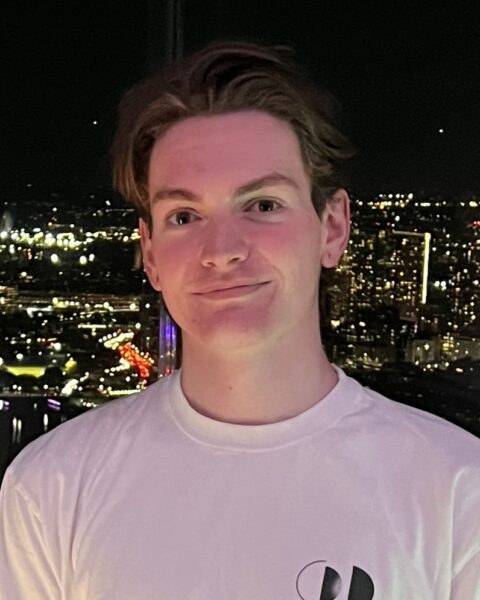 Investigating the Relationship Between Adolescent Brain Morphology and Transfer of Learning
Investigating the Relationship Between Adolescent Brain Morphology and Transfer of Learning
Awardee: Matthew Love Khoury’25
Mentor: Juliet Davidow, COS, Psychology
This project explores how the adolescent brain integrates associative memories and value information to influence decision-making, focusing on structural changes in the hippocampus, ventromedial prefrontal cortex, and striatum. By analyzing behavioral data and structural MRI images of individuals aged 13 to 30, I aim to investigate the link between value generalization and anatomical brain changes in adolescence. This research will deepen our understanding of adolescent cognitive development and may provide insights into how unconscious biases form through the transfer of value. Results will be shared through lab presentations, external conferences, and potentially published in a scholarly journal.
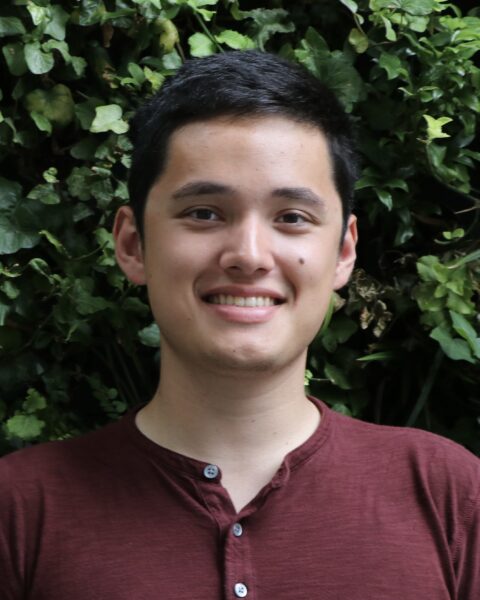 Artificial Phantasia: Mental Imagery in Deep Neural Networks
Artificial Phantasia: Mental Imagery in Deep Neural Networks
Awardee: Morgan McCarty Khoury’25
Mentor: Jorge Morales, COS, Psychology
In only a few years Large Language Models using the transformer architecture have become the standard of Artificial Intelligence. These models have a similar methodology – expensive training on gigantic datasets for thousands of compute hours. However, they lack key components of human cognition, which, if added, could lead to massive improvements for a cost less than current paradigms. This project introduces mental imagery (phantasia) – or the ability to picture in one’s mind’s eye – into the transformer; allowing more human-like outputs. The project’s goal is a publication for the 2025 IEEE/CVF Conference on Computer Vision and Pattern Recognition.
 BGC Awakening in Photorhabdus for Novel Antibiotic Discovery
BGC Awakening in Photorhabdus for Novel Antibiotic Discovery
Awardee: Joshua McDonald Khoury’25
Mentor: Kim Lewis, COS, Biology
As the challenge of antibiotic resistance in pathogenic bacteria grows, it is vital to expand our methods of antibiotic discovery. Due to their symbiotic relationship with nematodes, the Photorhabdus genus of bacteria has been an important source of novel antibiotics. My project seeks to expand our ability to mine these bacteria for antibiotics by knocking down the genes for their most significant antimicrobials to awaken silent biosynthetic gene clusters and observe these changes using transcriptomic analysis. I hope this will reveal new antibiotic candidates and I can share this method with others at the International Conference on Natural Product Discovery.
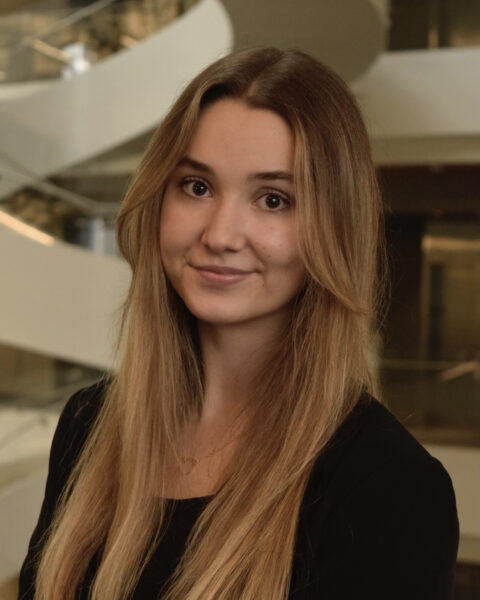 A Study of the Spatial Temporal Dynamics of a Three-Species Model Microbiome
A Study of the Spatial Temporal Dynamics of a Three-Species Model Microbiome
Awardee: Erica Moore COE’24
Mentor: Erel Levine, COE, Bioengineering
My project determines how multi-species bacterial interactions shape the dynamics of a model microbiome. I am studying how the addition of another species affects competition between two bacteria. I will first identify antagonistic interactions in two-species communities by examining the effect of supernatant isolated from one species on the growth of another. To determine how these interactions are shaped by further species, I will study spatial organization over time in fluorescently-labeled, three-species communities on solid media. These experiments will provide insight into how bacterial interactions shape the composition of communities such as the gut microbiome, and ultimately affect host health.
 Promoting Intuitive Eating for Athletes through an Online Single-Session Intervention
Promoting Intuitive Eating for Athletes through an Online Single-Session Intervention
Awardee: Samantha Nett COS’25
Mentor: Rachel Rodgers, Bouvé, Applied Psychology
Collegiate athletes are at elevated risk for mental health concerns, specifically disordered eating. Intuitive eating emphasizes a flexible relationship with food, honoring the body’s signals, and rejecting diet culture. Intuitive eating is associated with decreased levels of mental concerns, lower levels of disordered eating, and improved well-being. This project will develop an online single-session intuitive eating intervention for college athletes and evaluate eating behaviors and mental health over time. The study will also seek feedback from athletes regarding content relatability and helpfulness. Findings will provide insight into how digital mental health interventions may be used in the future.
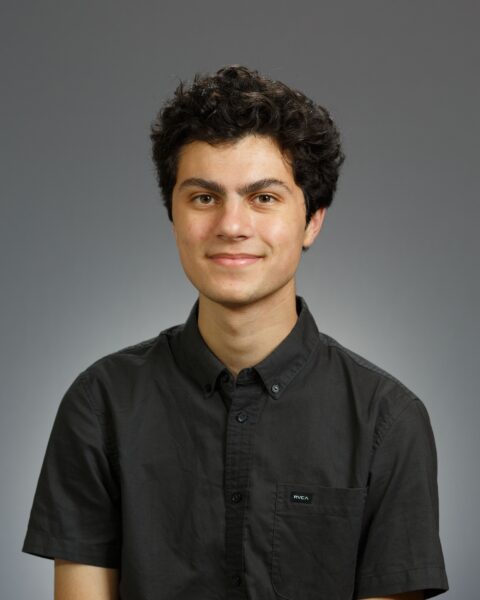 Immunohistochemical Analysis and ML Training From Spaceflight Stressor Exposed Rat Ovaries
Immunohistochemical Analysis and ML Training From Spaceflight Stressor Exposed Rat Ovaries
Awardee: Dillon Nishigaya COS’25
Mentor: Dori Woods, COS, Biology
With the rise of female astronauts prevalence in spaceflight, understanding the effects of spaceflight stressors (SS) on female fertility and ovarian function is paramount for long-term Lunar and Martian exploration goals. Spaceflight poses potential hazards to womens reproductive health. Currently, it is not known how susceptible the female reproductive system is to exposure to SS. My project examines how SS impacts granulosa cell death and incidence of follicle atresia, aspects of ovarian health that are critical for reproductive health. Further, my project uses histology and imaging to train a machine learning model to classify biomarkers in the mammalian ovarian system.
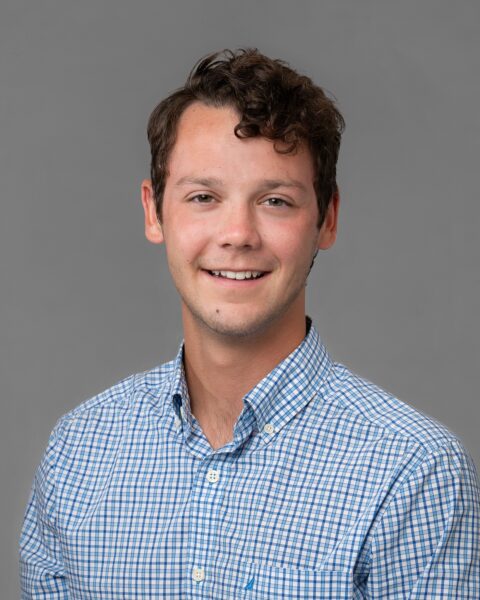 Design, Manufacture, and Analysis of a Low Shock 12U Cube Satellite Separation Mechanism (LSSAM)
Design, Manufacture, and Analysis of a Low Shock 12U Cube Satellite Separation Mechanism (LSSAM)
Awardee: Matthew O’Rourke COE’26
Mentor: Jahir Pabon, COE, Mechanical & Industrial Engineering
Under the guidance of Professor Jahir Pabon and in partnership with NU-SAT, this project involves designing a mission-critical separation mechanism for a 12U cube satellite. NU-SAT will design a satellite around a custom Terahertz (THz) radio frequency payload. Once in orbit, we will split the satellite into two identical halves that travel at a post-split velocity of approximately .005 meters/sec to characterize the performance of THz communications. The slow ∆v compared to commercial-off-the-shelf (COTS) mechanisms, combined with the small size of our satellite, presents a unique challenge and necessitates the development of a low-shock splitting solution.
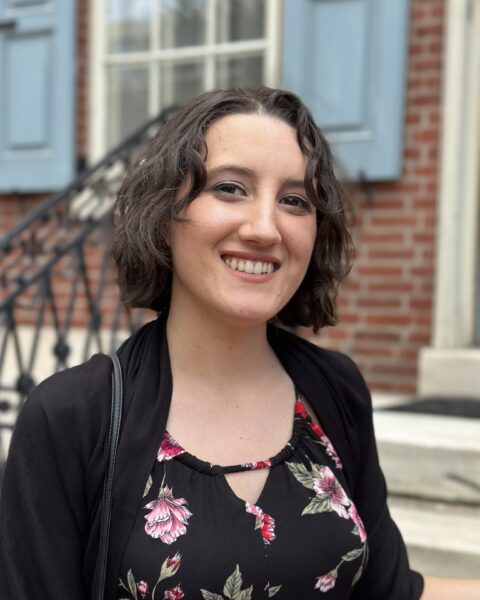 The Effect of Hydrogel Stiffness on Soluble Factor Production, Growth & Differentiation of Hnscs
The Effect of Hydrogel Stiffness on Soluble Factor Production, Growth & Differentiation of Hnscs
Awardee: Marisa Parker COS’24
Mentor: Rebecca Willits, COE, Chemical Engineering
It is well established that neural stem cells (NSCs) respond to various stimuli within their niche, and understanding these responses provides useful insight for the development of regenerative strategies. Endogenous NSCs also secrete a variety of soluble factors which contribute to their self-renewal, differentiation, and signaling within the CNS. This project seeks to investigate the effect of gel stiffness on the soluble factor production, growth, and differentiation of human induced pluripotent neural stem cells (hNSCs). Results will be presented at RISE and may contribute to a future publication or presentation at Society for Biomaterials (Spring 2025).
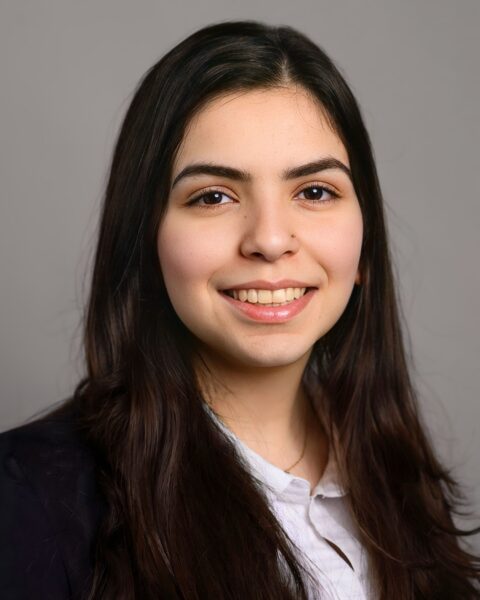 Unveiling the Secrets of the 15th Century: AI-Driven Reading of the Dragon Prayer Book
Unveiling the Secrets of the 15th Century: AI-Driven Reading of the Dragon Prayer Book
Awardee: Armina Parvaresh Rizi Khoury’26
Mentor: Erika Boeckeler, CSSH, English
This project aims to develop a machine learning model to transcribe and analyze Northeastern University’s Dragon Prayer Book, a 15th-century manuscript in medieval Latin. By using advanced AI techniques, the project will clarify the content of this and related manuscripts, enhancing historical and linguistic scholarship. This project builds on previous transcription work, providing new insights into medieval texts and women’s religious culture, while also advancing AI’s role in historical preservation. Results will be shared through academic publications, conferences, and digital platforms to make the manuscript accessible to a broader audience.
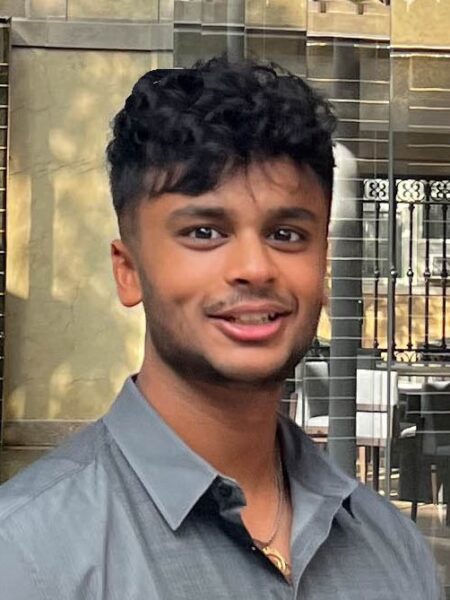 Constriction modulemeter for continuous production and characterization of deformable microparticles
Constriction modulemeter for continuous production and characterization of deformable microparticles
Awardee: Avi Patel COE’25
Mentor: Sara Hashmi, COE, Chemical Engineering
Everything around us, from skyscrapers to socks, has carefully controlled material properties such as strength and elasticity. This applies even to microscopic particles, which have uses in cosmetics, medicine, and a range of other industries. Traditional methods, such as atomic force microscopy, can be invasive and separate from particle synthesis. My research introduces an in-line ‘modulemeter’ that simultaneously synthesizes particles and measures their deformation. This technique measures deformation to determine the modulus of particles, with results verified by established methods. The investigation will enhance the understanding and control of multiphase systems, with findings shared through academic publications and open-source platforms.
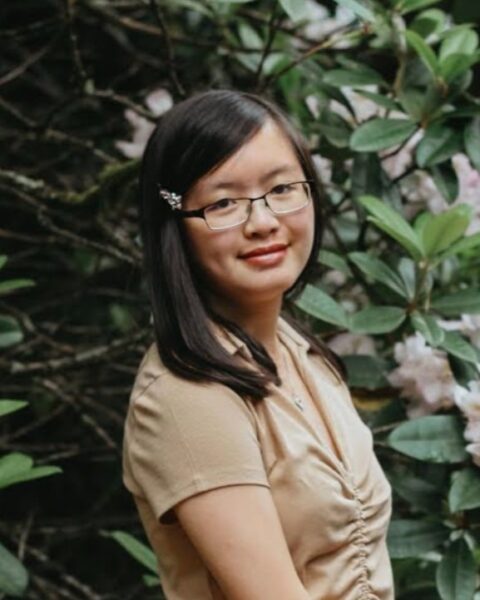 Identification of Gαs and Gαolf Structures Involved in D1 Receptor Functional Selectivity
Identification of Gαs and Gαolf Structures Involved in D1 Receptor Functional Selectivity
Awardee: Vianna Quach Bouvé’25
Mentor: Hideaki Yano, Bouvé, Pharmaceutical Science
Gαs and Gαolf are G proteins that couple with D1 dopamine receptors (D1R) in the brain for motor signaling. Their segregated expressions make Gαs or Gαolf-biased D1R agonists an appealing option to selectively target brain regions for better therapeutic effects and fewer side effects. This project seeks to support the development of Gαolf-biased D1R agonists for selective activation of the striatum, the region responsible for motor control, to treat Parkinson’s disease. Using bioluminescence resonance energy transfer and fluorescent functional assays, we intend to identify unique Gαs and Gαolf structures involved in the mechanisms of biased D1R agonism.
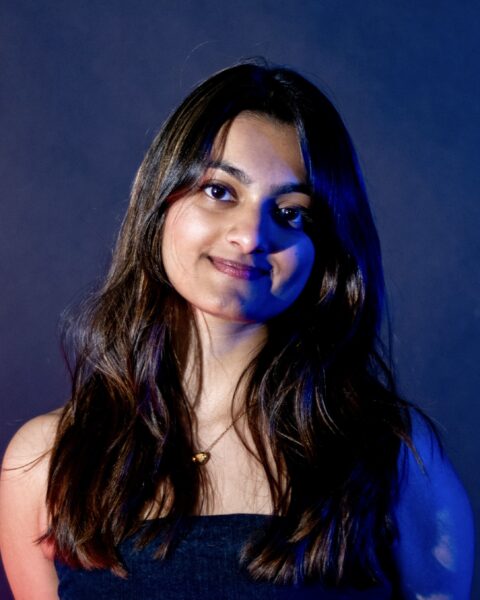 The Interplay between Sucking Patterns, Early Oral-Motor and Speech Development.
The Interplay between Sucking Patterns, Early Oral-Motor and Speech Development.
Awardee: Naomi Rajput COS’26
Mentor: Kristen Allison, Bouvé, Linguistics
This project addresses a gap in early-speech development research by investigating the relationship between infant sucking behavior, oral-motor skills, and speech milestones in the first year of life. Speech delays affect 8 percent of children aged 3 to17 years, with limited research on early indicators. This project aims to uncover potential early indicators of speech development by analyzing sucking patterns and oral motor skills in relation to consonant and vowel production. Findings could contribute to early-screening methods,interventions which would potentially improve long-term academic and social outcomes for affected children. Results will be disseminated through presentation and/or peer-reviewed publication.
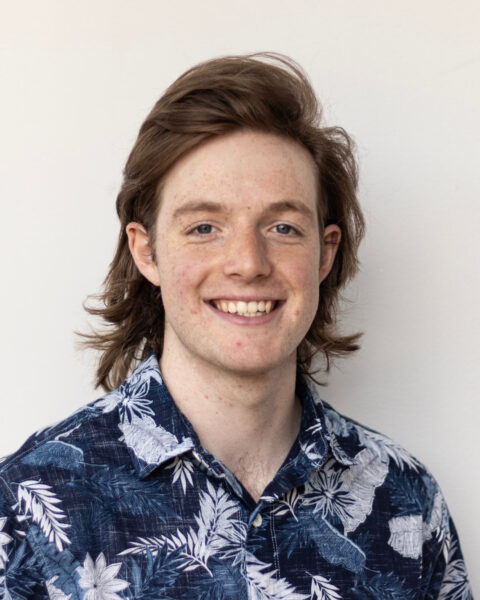 Developing a Low-cost Infant Phototherapy Device to Assist Hospital in Ghana
Developing a Low-cost Infant Phototherapy Device to Assist Hospital in Ghana
Awardee: Jake Ross COE’25
Mentor: Joshua Hertz, COE, Mechanical & Industrial Engineering
This is a project led by an interdisciplinary group of undergraduate students part of the Innovators for Global Health club on campus. The aim is to follow up on a needs assessment done in March 2024 for Ridge Hospital in Accra, Ghana, where the need for affordable infant phototherapy units was identified. The student organization will design and create an effective infant phototherapy device with materials sourced locally and affordably to the hospital and their partners in the greater Accra region for reproducibility. The device will be delivered to the hospital in Ghana in March 2025.
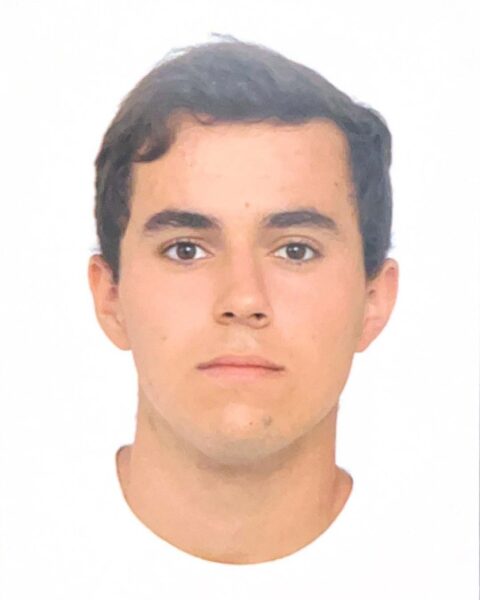 Tetrabutylammonium-Based Organosulfurs: A New Catalyst Family for Enhancing Lithium-Sulfur Batteries
Tetrabutylammonium-Based Organosulfurs: A New Catalyst Family for Enhancing Lithium-Sulfur Batteries
Awardee: Victor Sanctis COE’25
Mentor: Sanjeev Mukerjee, COS, Chemistry & Chemical Biology
We have identified a family of chemicals that act as catalysts for lithium sulfur batteries, and are now looking to understand how they catalyze the reactions. Lithium sulfur batteries are an attractive alternative to the widely used lithium polymer batteries, as they offer higher energy density, using more abundant natural resources. However, there are technical challenges that need to be overcome for these batteries to be commercialized. We will investigate how this catalyst works using chromatography methods, nuclear magnetic resonance, raman spectroscopy and computational chemistry. The culmination of this investigation will be a paper for publishing.
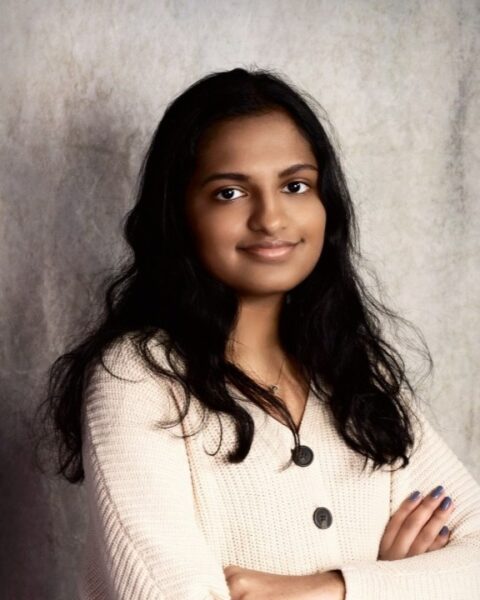 Examining the Degradation Mechanisms of Alkaline Zn-Ni Batteries through Operando Raman Spectroscopy
Examining the Degradation Mechanisms of Alkaline Zn-Ni Batteries through Operando Raman Spectroscopy
Awardee: Rachana Somaskandan COE’25
Mentor: Joshua Gallaway, COE, Chemical Engineering
Alkaline zinc-nickel batteries have the potential to be a lithium-ion battery alternative with safer and more accessible components but face issues with rechargeability over long-term cycling. This project aims to characterize the degradation mechanisms occurring at each electrode over time through operando Raman spectroscopy with a novel, windowed electrochemical cell for alkaline batteries. This work will collect the first operando Raman spectra of this battery chemistry, which will be presented at the Northeastern RISE exhibition and included in a potential paper containing Raman spectroscopic data on various alkaline battery materials.
 Assessing the Impacts of Ocean Alkalinity Enhancement on Marine Bivalve Polymorph Mineralogy
Assessing the Impacts of Ocean Alkalinity Enhancement on Marine Bivalve Polymorph Mineralogy
Awardee: Mark Teh COS’26
Mentor: Justin Ries, COS, Marine & Environment Sciences
As ocean acidification continues its deleterious hike towards total ecosystem devastation, ocean alkalinity enhancement (OAE) has emerged as a promising route to global attenuation. Enacted through the release of alkaline mineral dissolution products into seawater, its intended capacities for mesoscale deacidification and augmented carbon dioxide uptake are well-established. Yet, little is known about its biological externalities, especially with regards to marine calcifiers. I herein propose a longitudinal study to demystify the present and future impacts of OAE-perturbed seawater chemistries on commercial marine bivalve mineralogy. Findings will in part inform efforts to minimize the health penalties of OAE on coastal fisheries.
 Structural Characterization of Noonan Syndrome Associated NRasT50I Mutation
Structural Characterization of Noonan Syndrome Associated NRasT50I Mutation
Awardee: Priya Thuran COS’25
Mentor: Carla Mattos, COS, Chemistry & Chemical Biology
The positioning of the T50 residue near the dimerization site and Raf binding domain within the GTPase NRas, a protein involved in cell proliferation, results in an intriguing biological effect when the T50I mutation is introduced. Further investigation of how this mutation affects Ras structure and its impact on the Raf-MEK-ERK pathway could offer valuable insights into the molecular mechanisms underlying Noonan syndrome and related RASopathies. After purifying the protein with fast protein liquid chromatography, the NMR analysis may yield new downfield peaks previously not observed in the wild-type protein, evidencing active site structural changes due to the mutation.
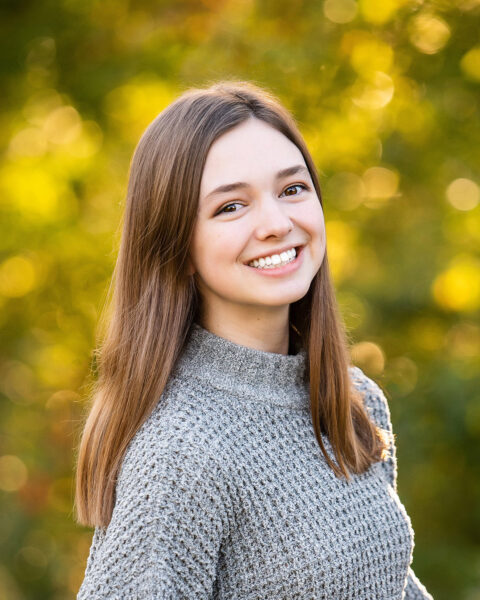 Single Prosthetic Racing-Blade Integrated for Triathlons
Single Prosthetic Racing-Blade Integrated for Triathlons
Awardee: Kathleen Tschoepe COE’25
Mentor: Daniel Grindle, COE, Bioengineering
Transtibial amputees competing in triathlons do not have a single prosthetic solution that enables them to both cycle and to run. This lack of triathlon prosthetic technology unfairly limits these athlete’s chances of having a competitive race time. This project includes the development of an integrated prosthetic leg for triathlon amputee-athletes involving the addition of a biking attachment to an on-the-market running blade. Our goal is to mitigate the high cost associated with individual prosthetics, improve triathlon transition time efficiency, enhance the experience of our users, and promote the need for development in the prosthetic industry.
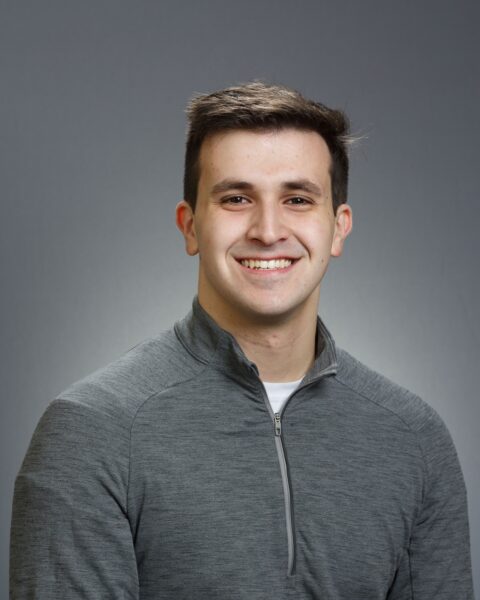 Shear Mapping In Python (SMPy): Robust, Efficient, and Accessible Dark Matter Mapping
Shear Mapping In Python (SMPy): Robust, Efficient, and Accessible Dark Matter Mapping
Awardee: Georgios Vassilakis COS’25
Mentor: Jacqueline McCleary, COS, Physics
SMPy (Shear Mapping in Python) is a software package designed to map dark matter in the universe. It uses weak gravitational lensing, a technique that analyzes tiny distortions in images of distant galaxies to reveal the distribution of invisible matter. This project aims to develop SMPy into a robust, efficient, and user-friendly tool for astrophysicists. The software will be used to create the first dark matter map from stratospheric observations from NASA’s SuperBIT Telescope. Results will be published in a peer-reviewed journal, and the software will be freely distributed to the astronomy community, helping astrophysicists better understand our universe’s nature.
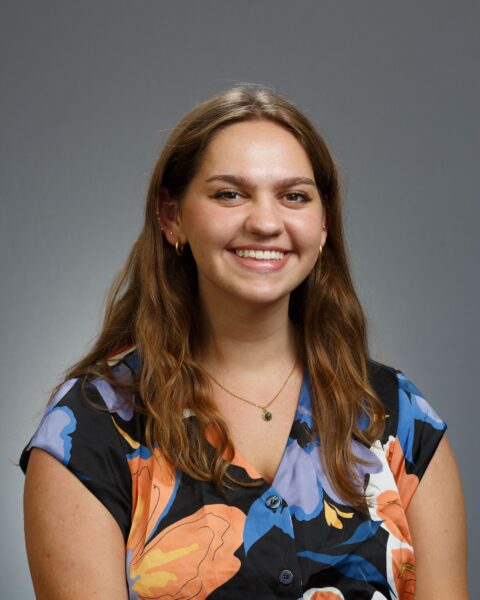 The Release and Fate of Macroalgal Derived Dissolved Organic Carbon in Rock Pools
The Release and Fate of Macroalgal Derived Dissolved Organic Carbon in Rock Pools
Awardee: Cassandra Vongrej COS’26
Mentor: Aron Stubbins, COS, Marine & Environment Sciences
Increasing anthropogenic greenhouse gas emissions are warming the globe, emphasizing the importance of understanding global carbon cycles. Macroalgae sequester large amounts of carbon as dissolved organic carbon (DOC), yet the rate of DOC release and fate is poorly defined. This study quantifies DOC produced by macroalgae during growth and the subsequent biodegradation and photodegradation. Here, rockweed (Fucus distichus and Ascophyllum nodosum) will be assessed for MA-DOC release through rock pool mesocosms and semi in-situ growth experiments, followed by in-laboratory degradation experiments. Results will provide knowledge on algal C cycling, helping to elucidate the potential role of macroalgae in C sequestration.
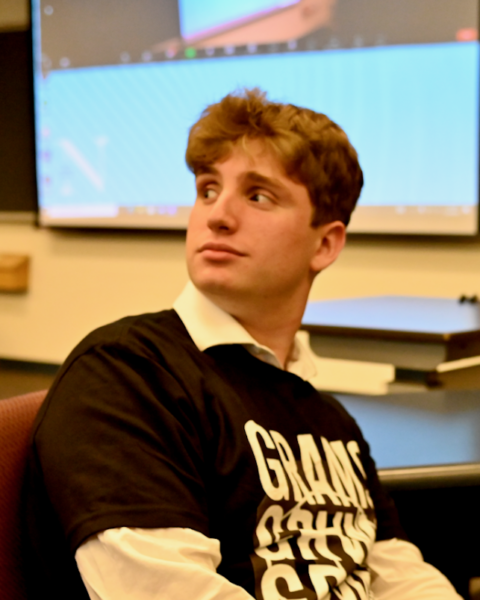 Constraining MeV Blazar Spectral Peak with MeV Cross Match
Constraining MeV Blazar Spectral Peak with MeV Cross Match
Awardee: Timothy Wessling-Resnick COS’26
Mentor: Tsuguo Aramaki, COS, Physics
This work will model the spectra of active galactic nuclei (AGN) within the MeV gamma ray region, where sensitivity is poor, to better constrain the maximum energies and energy fluxes using data from various previous gamma ray missions. AGN are the regions of incredibly high luminosity at the center of galaxies with a supermassive black hole at their center. By working to better understand the energetics of blazars, we will probe the evolution of supermassive black holes over the history of the universe, as well as the high energy production mechanisms for gamma rays produced non-thermally within.
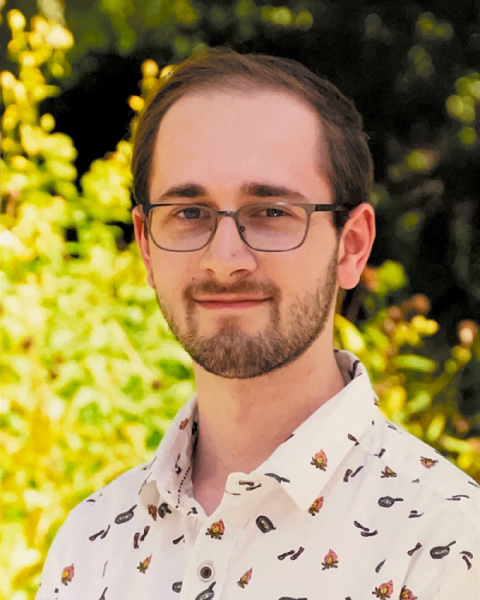 What do Spanish Speakers and Learners Produce and Think About Inclusive Gender in Spanish?
What do Spanish Speakers and Learners Produce and Think About Inclusive Gender in Spanish?
Awardee: Andrew Weston CSSH’26
Mentor: Gorka Basterretxea Santiso, CSSH, World Languages Center
Working with Dr. Basterretxea Santiso, this study will explore the attitudes and production of gender-inclusive language such as -@, -e, -x, and -o/a in Spanish in the Hispanic-speaking world, starting with the students of diverse levels of Spanish in higher educational institutions in the United States. This study aims to triangulate attitudinal and reported production data that will lead to a better and more comprehensive approach to the current situation with inclusive language use in Spanish. We will also put together a presentation for the 2024 Hispanic Linguistics Conference.
 An Integrative Analysis of SCN2A Mutations and PIP2 Modulation in Autism and Epilepsy
An Integrative Analysis of SCN2A Mutations and PIP2 Modulation in Autism and Epilepsy
Awardee: Hannah Wimpy Khoury’28
Mentor: Leigh Plant, Bouvé, Pharmaceutical Science
My project investigates how mutations in the NaV1.2 sodium channel, linked to autism and epilepsy, interact with the molecule PIP2 to alter neuronal function. By combining computational modeling, molecular dynamics simulations, and electrophysiological experiments, I aim to understand these interactions and their role in neurodevelopmental disorders. The results could inform new therapeutic strategies. Findings will be shared through presentations, peer-reviewed publications, and conferences, contributing to advancements in neurodevelopmental disorder research and precision medicine.
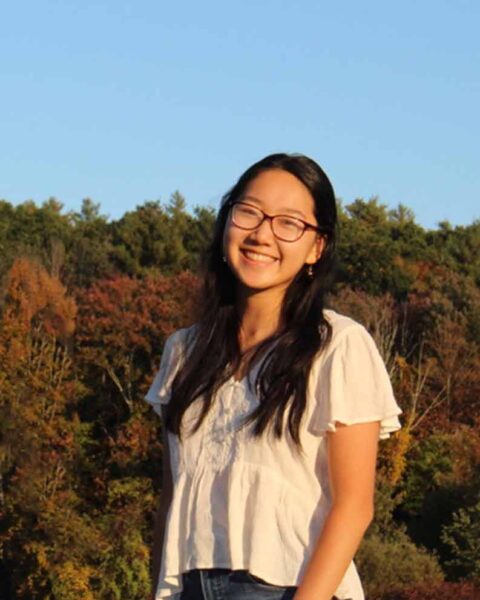 Fostering Community-Engagement in Operationalizing Climate Gentrification
Fostering Community-Engagement in Operationalizing Climate Gentrification
Awardee: Emily Wu Bouvé’25
Mentor: Patrice Williams, CSSH, Public Policy and Urban Affairs
Climate gentrification occurs when climate change effects, such as rising temperatures and sea levels, result in the increased property value in specific areas, driving the displacement of lower income and marginalized populations. This project seeks to organize a community-based approach to addressing displacement risks by empowering urban residents in identifying risk factors, strengthening community identities, and enhancing adaptive capacity through collaborative data analysis and educational workshops. This project is part of a larger, comparative study in collaboration with a team in Barcelona, Spain. Findings are expected to be presented at RISE 2025 and submitted to a peer-reviewed publication.
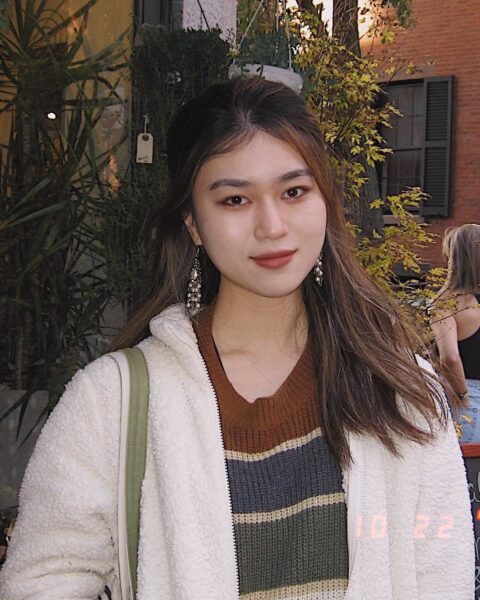 Financial Stress
Financial Stress
Awardee: Xining Xu Khoury’25
Mentor: Mikhail Oet, DMSB, Economics
This project, led by Professors Mikhail Oet and Paul W. Chiou, aims to create a comprehensive global financial stress index by developing weighted datasets for sectoral, national, and global indicators. The project will culminate in a web application that visualizes these datasets in real-time, making them accessible to the public and valuable for research and practical applications. By enhancing the understanding of financial stress spillovers across markets, the project advances financial economics and risk management. Results will be shared through a functional web app, academic presentations, and potential publications.
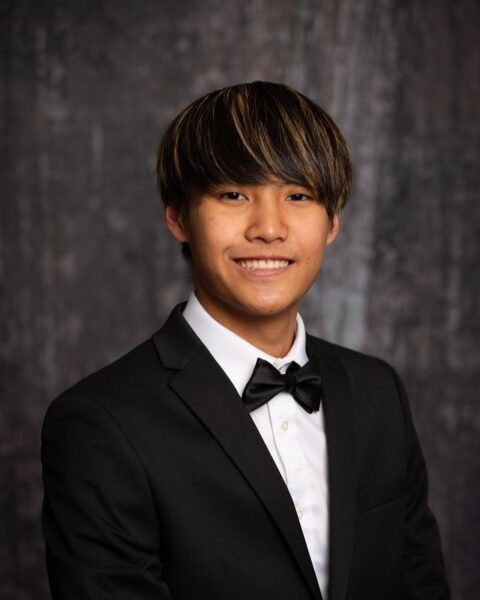 Regulatory Role of Lon Protease in Acinetobacter Baumannii
Regulatory Role of Lon Protease in Acinetobacter Baumannii
Awardee: Hiroki Yamaguchi COS’26
Mentor: Veronica Godoy-Carter, COS, Biology
The purpose of the project is to understand the pathway through which lon protease is involved in altering Acinetobacter baumannii’s characteristics for survival. This research would be useful in developing new antibiotics and preventative measures to mitigate the spread and survival of the bacteria. We plan to find the pathway by randomly inserting DNA fragments in the genome and screening them to see if the lon associated characteristics of the bacteria change. We hope to find a pathway that lon uses to repress the production of proteins through negative regulation. We plan to publish the result and present at ASBMB.
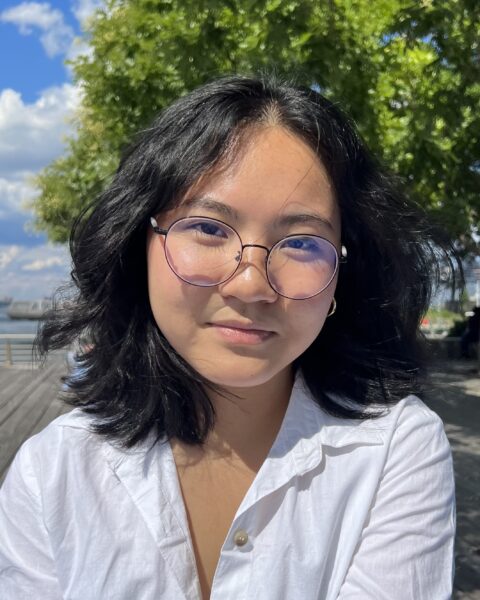 Optimization of Collagen I and Hyaluronic Acid Hydrogels to Model Perfused Brain Microvasculature
Optimization of Collagen I and Hyaluronic Acid Hydrogels to Model Perfused Brain Microvasculature
Awardee: Helena Zheng COE’26
Mentor: Guohao Dai, COE, Bioengineering
This project aims to improve current in vitro models of the blood-brain barrier (BBB), a protective blood vessel network that shields the brain from harmful substances but complicates drug delivery for neurological diseases. In vitro 3D cell culture models are increasingly favored for their physiological accuracy over unreliable animal testing alternatives. However, current models fall short in fully recapitulating the BBB’s complex environment. I propose optimizing a collagen and hyaluronic acid hydrogel to improve our lab’s established in vitro microfluidic BBB model. The findings will be disseminated through academic publications and presented at bioengineering conferences.
 Echoes of Privacy: Uncovering the Profiling Practices of Voice Assistants
Echoes of Privacy: Uncovering the Profiling Practices of Voice Assistants
Awardee: Elaine Zhu Khoury’26
Mentor: David Choffnes, Khoury, Computer Science
This research project examines privacy implications of voice assistants like Google, Amazon, and Apple. It investigates user profiling practices by asking these voice assistants queries through voice searches. The significance of this project is to uncover possible breaches of user privacy and integrity when using the voice assistant, such as inaccurate profiling. The anticipated outcome includes presenting this research at the RISE conference, finishing a research paper summarizing the findings, and possibly presenting the research at the PETS 2025 Conference.
